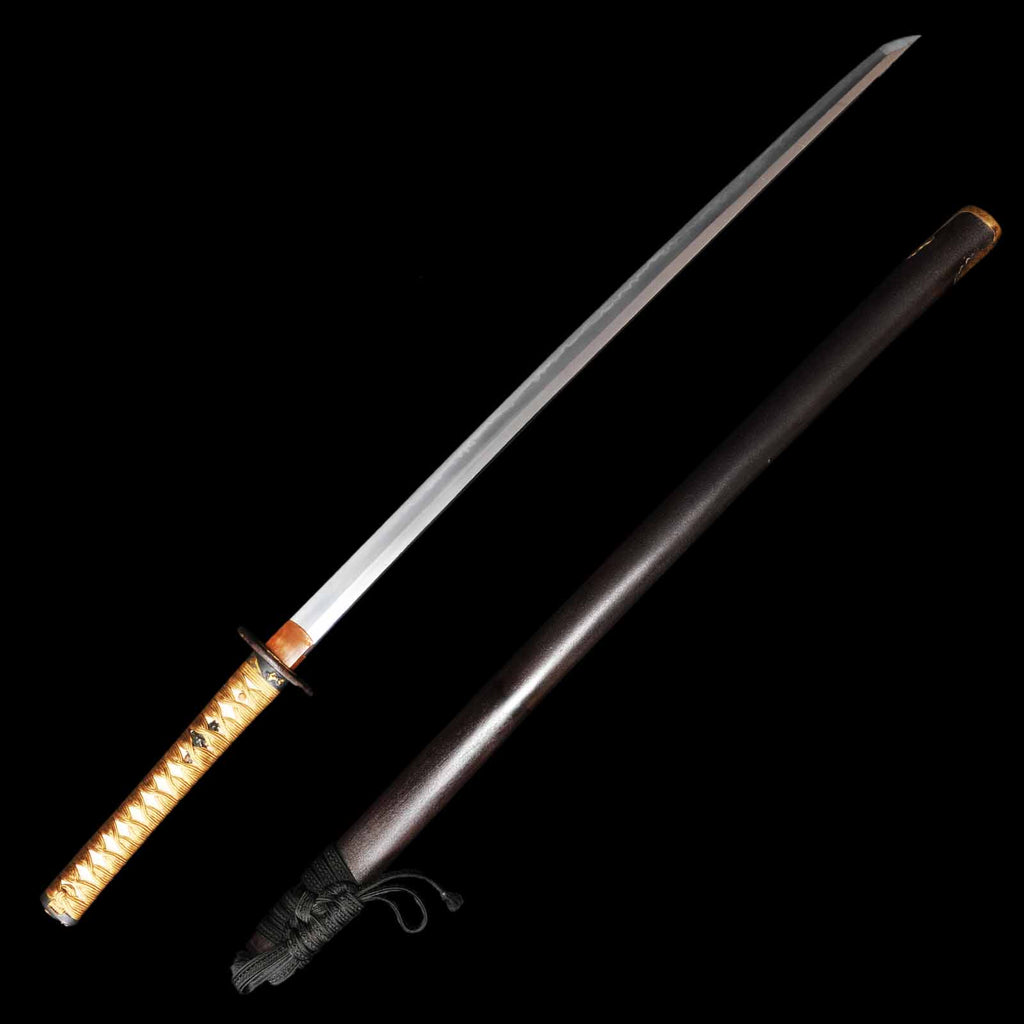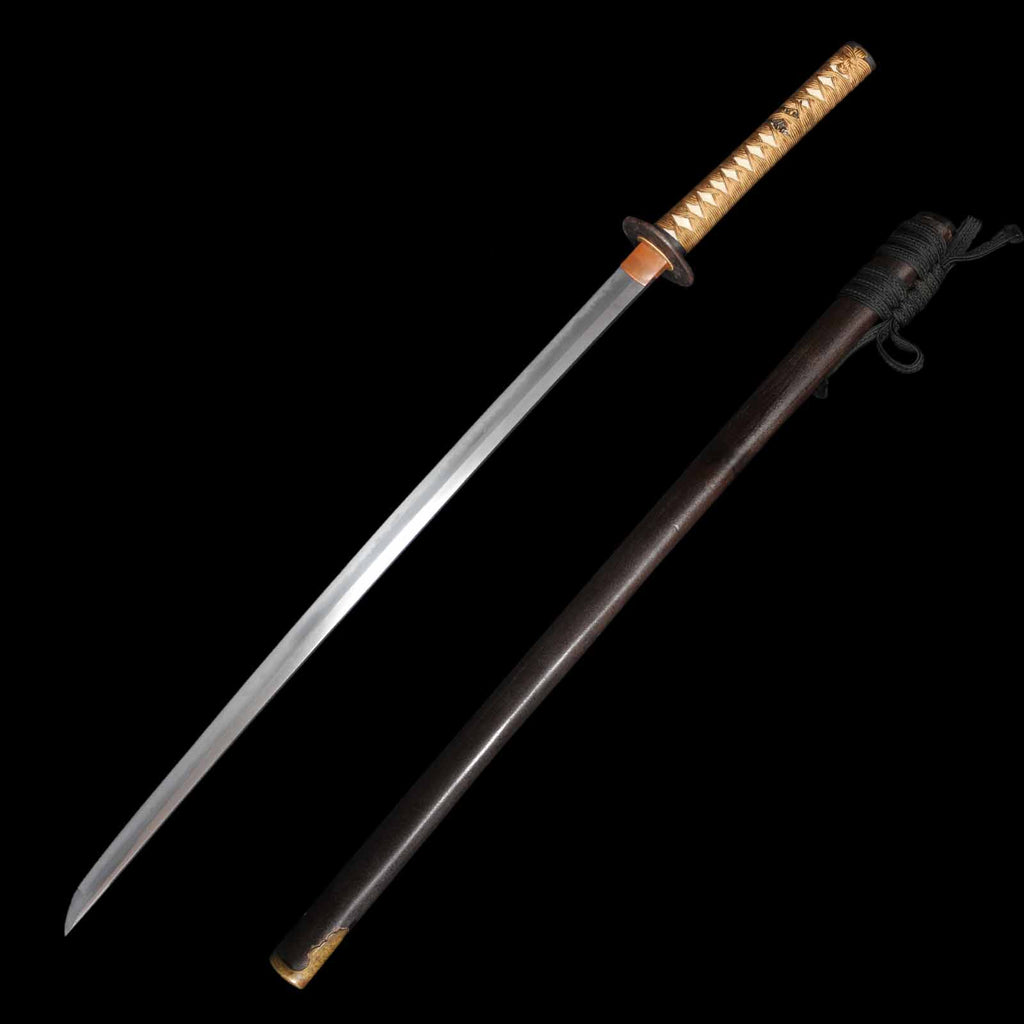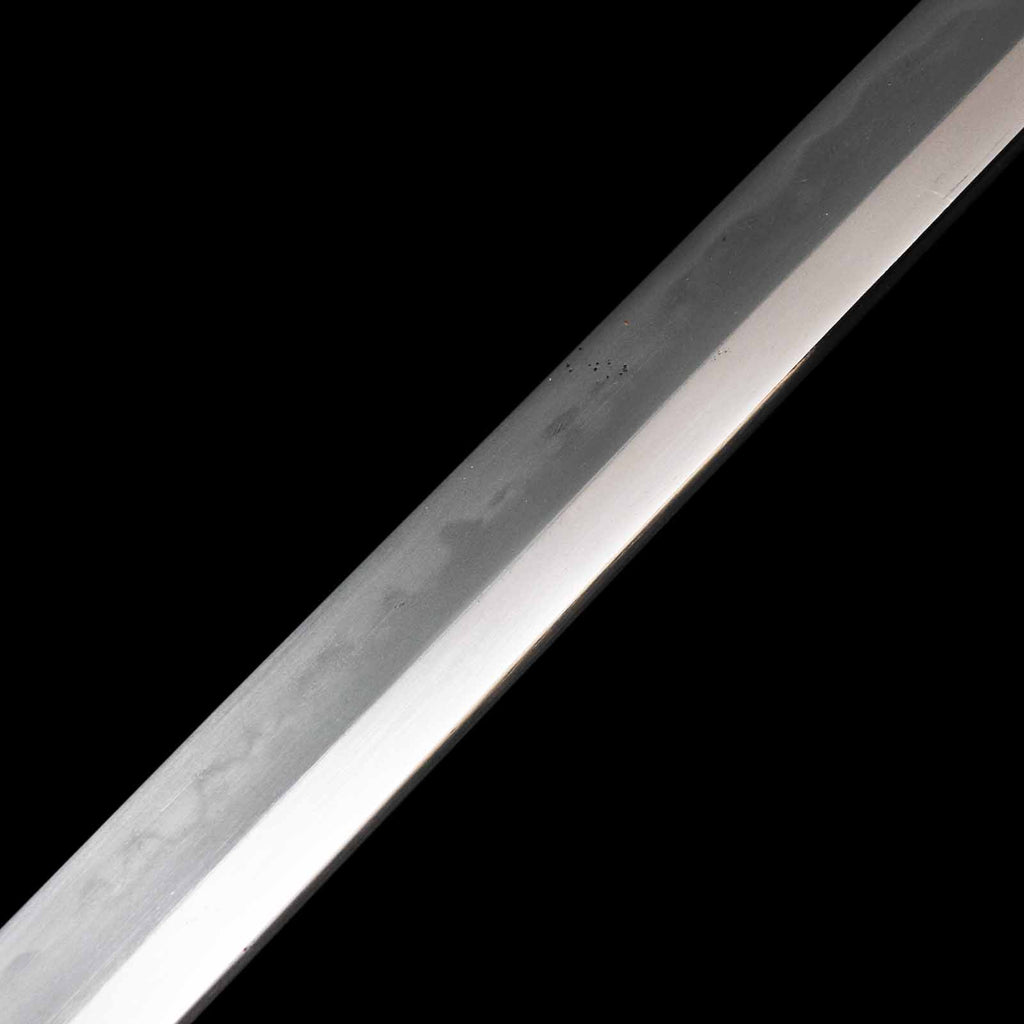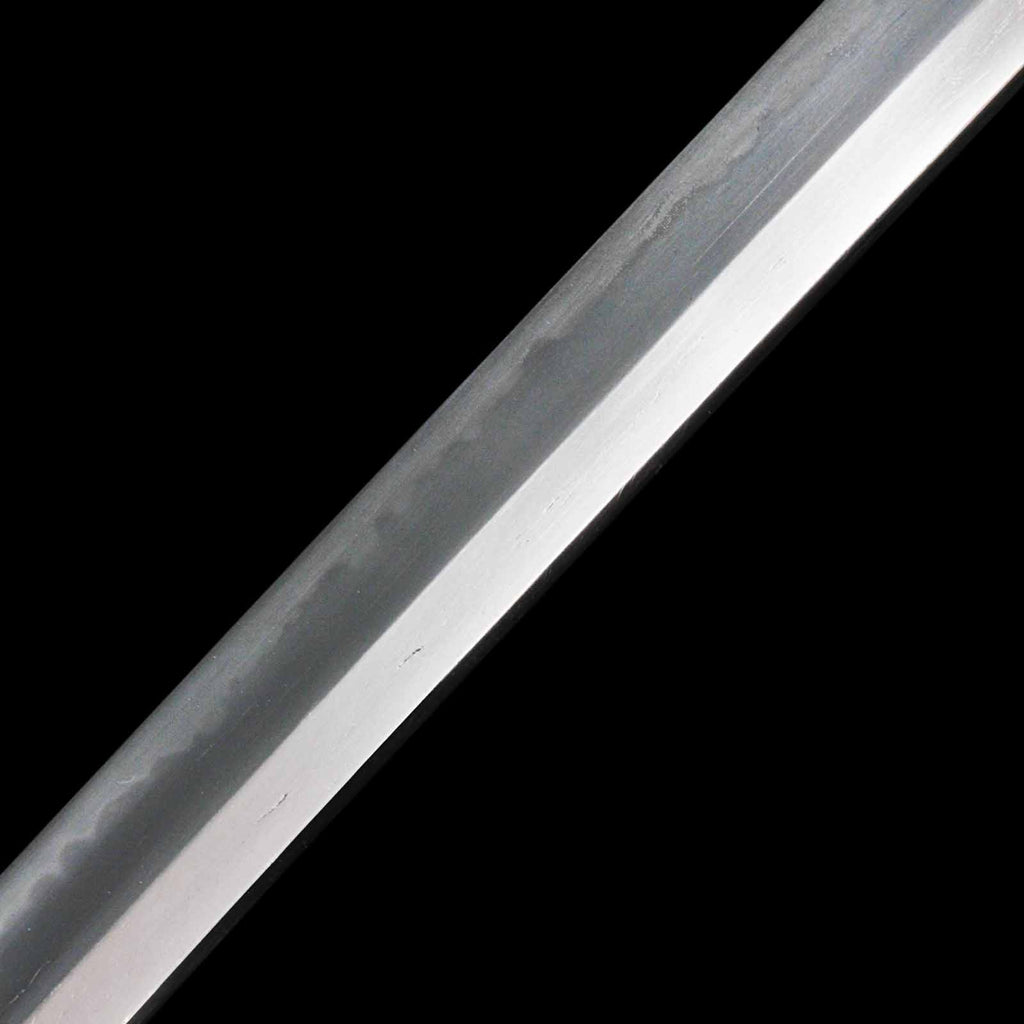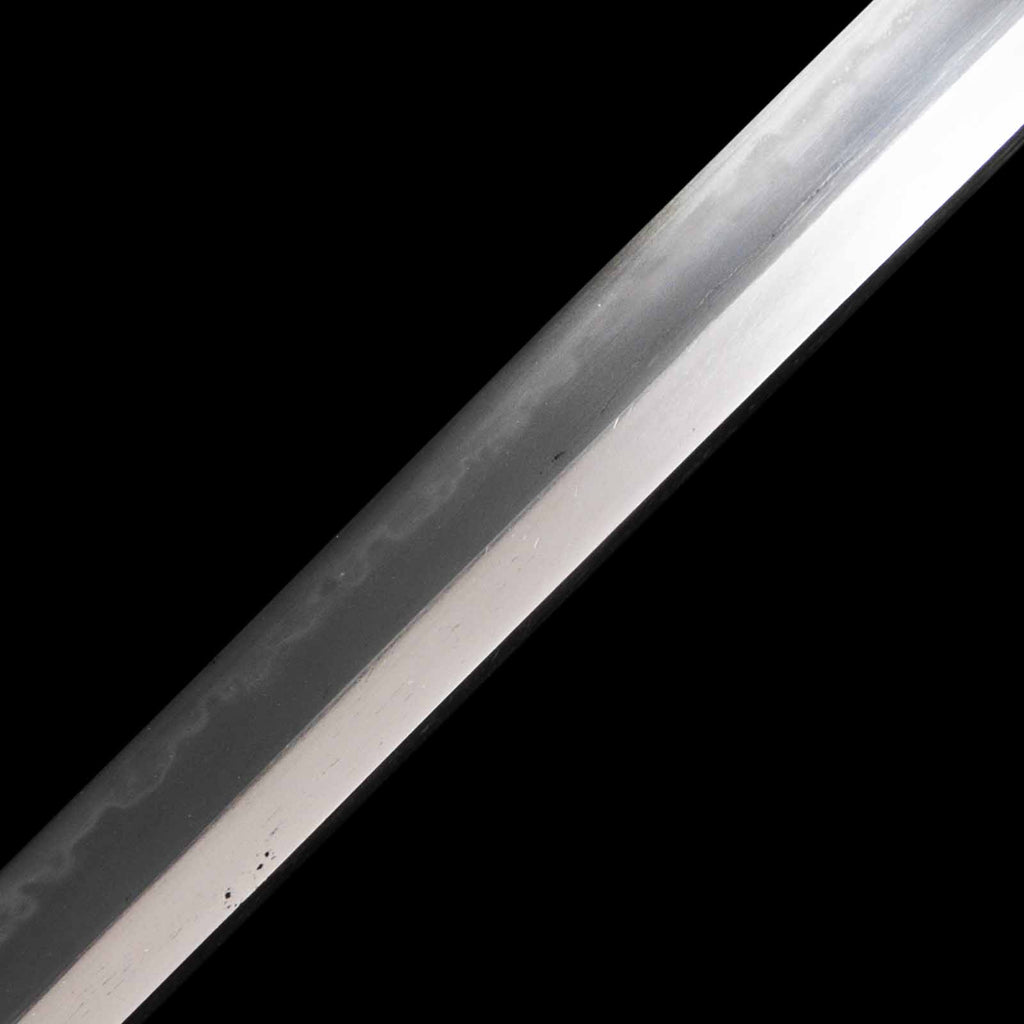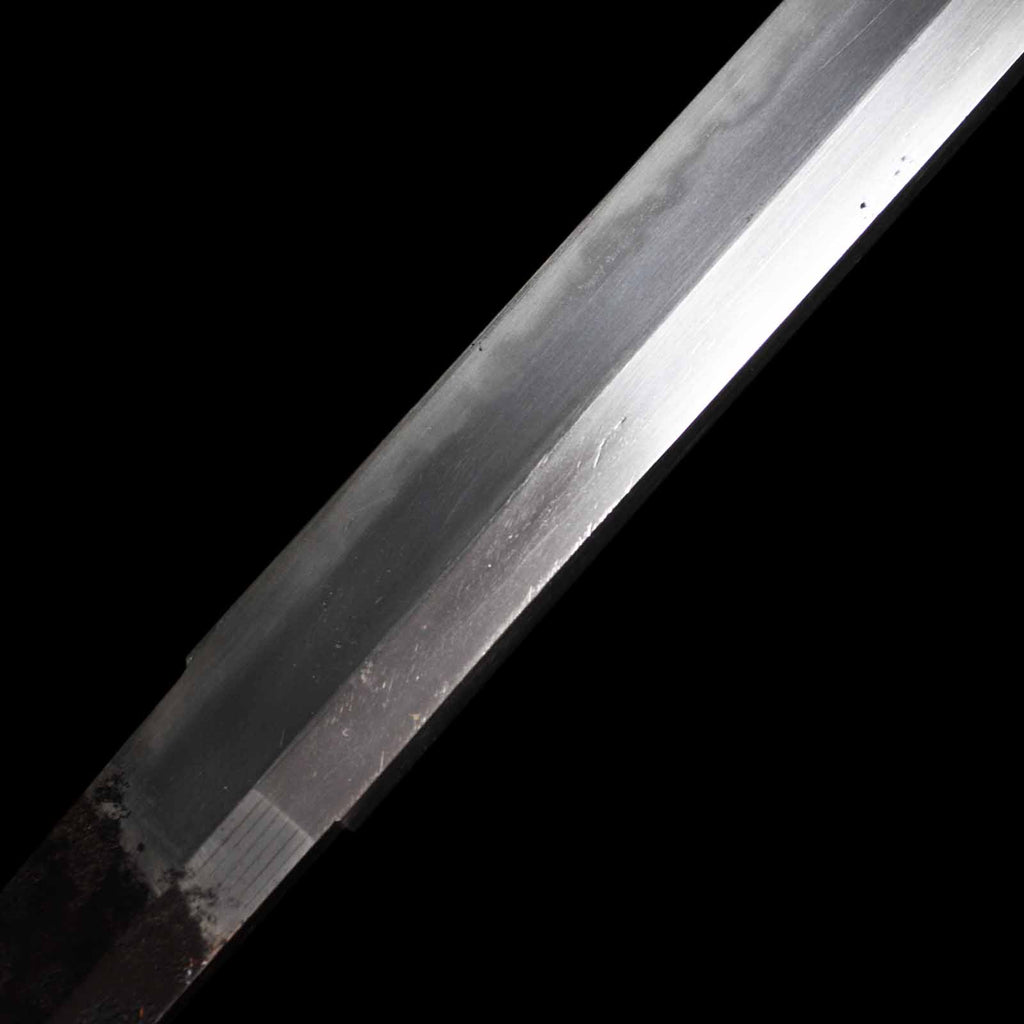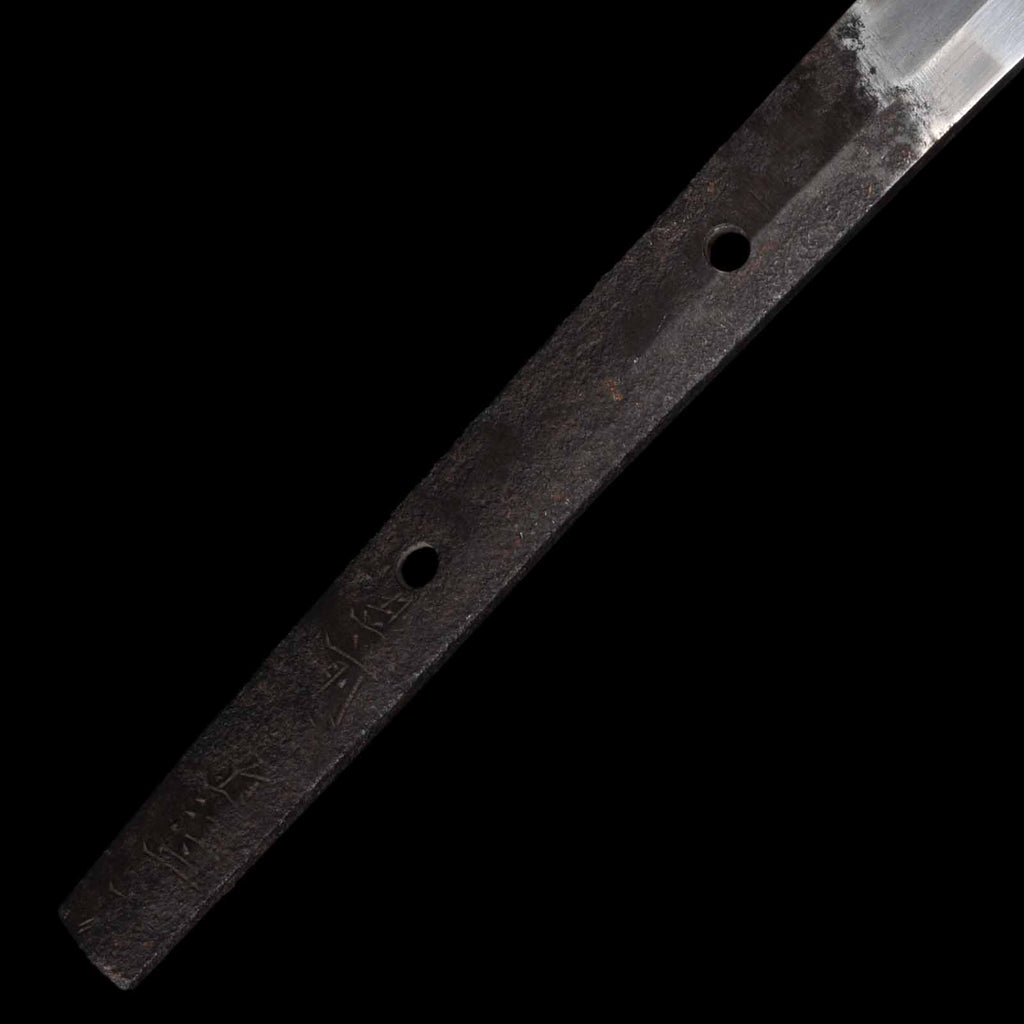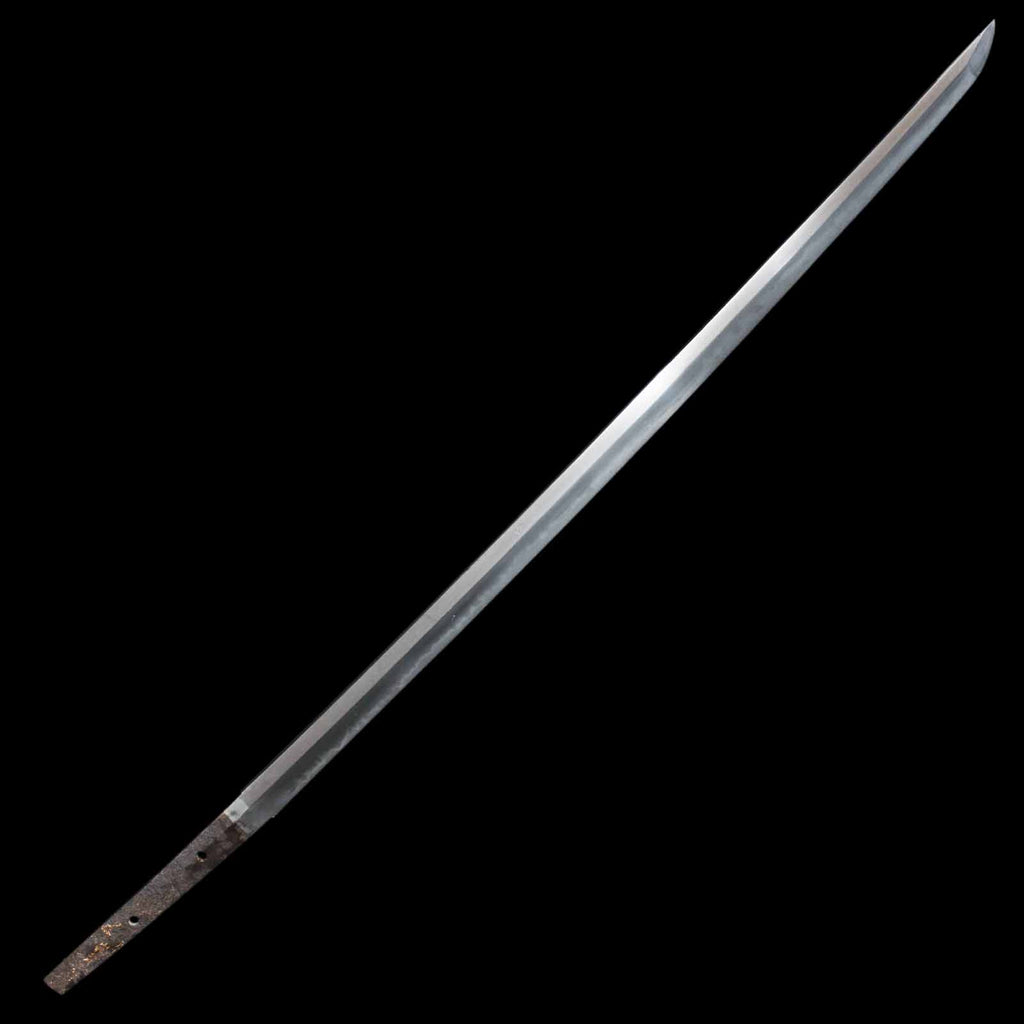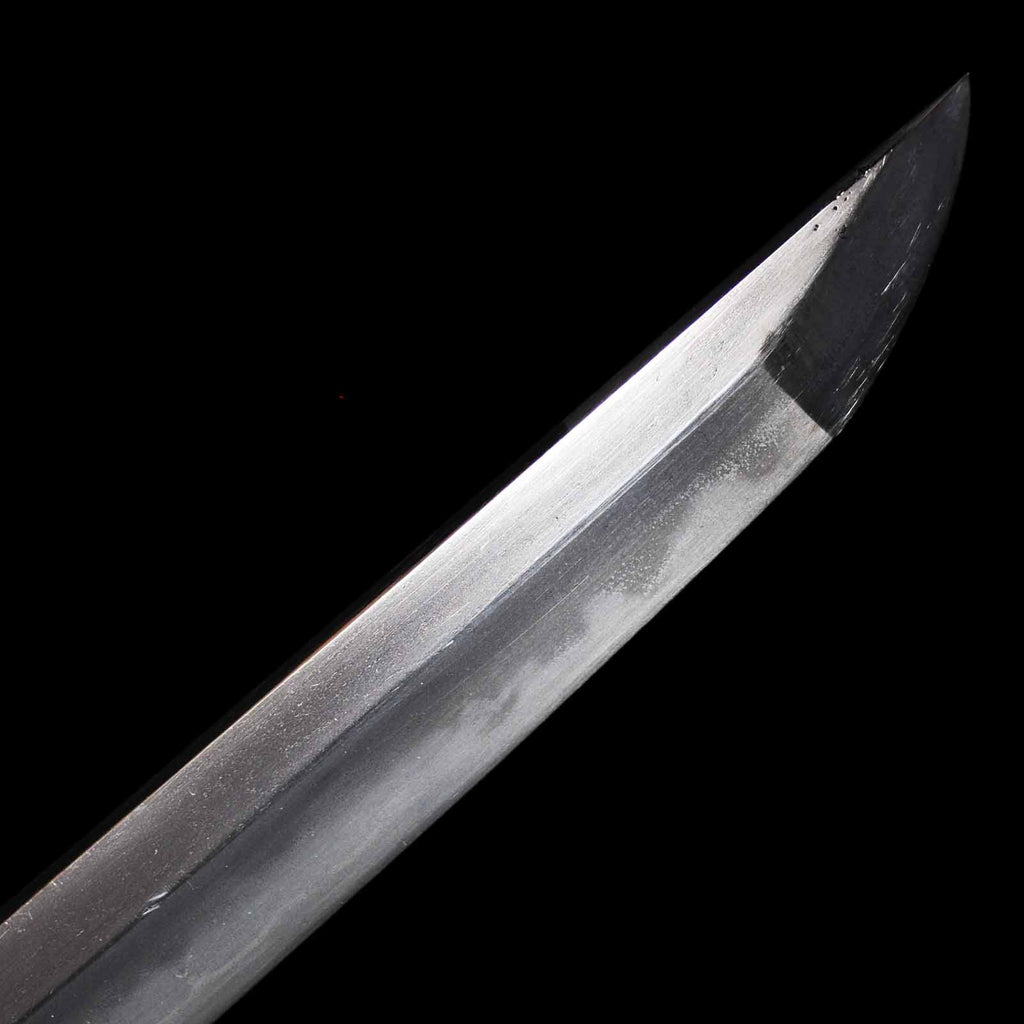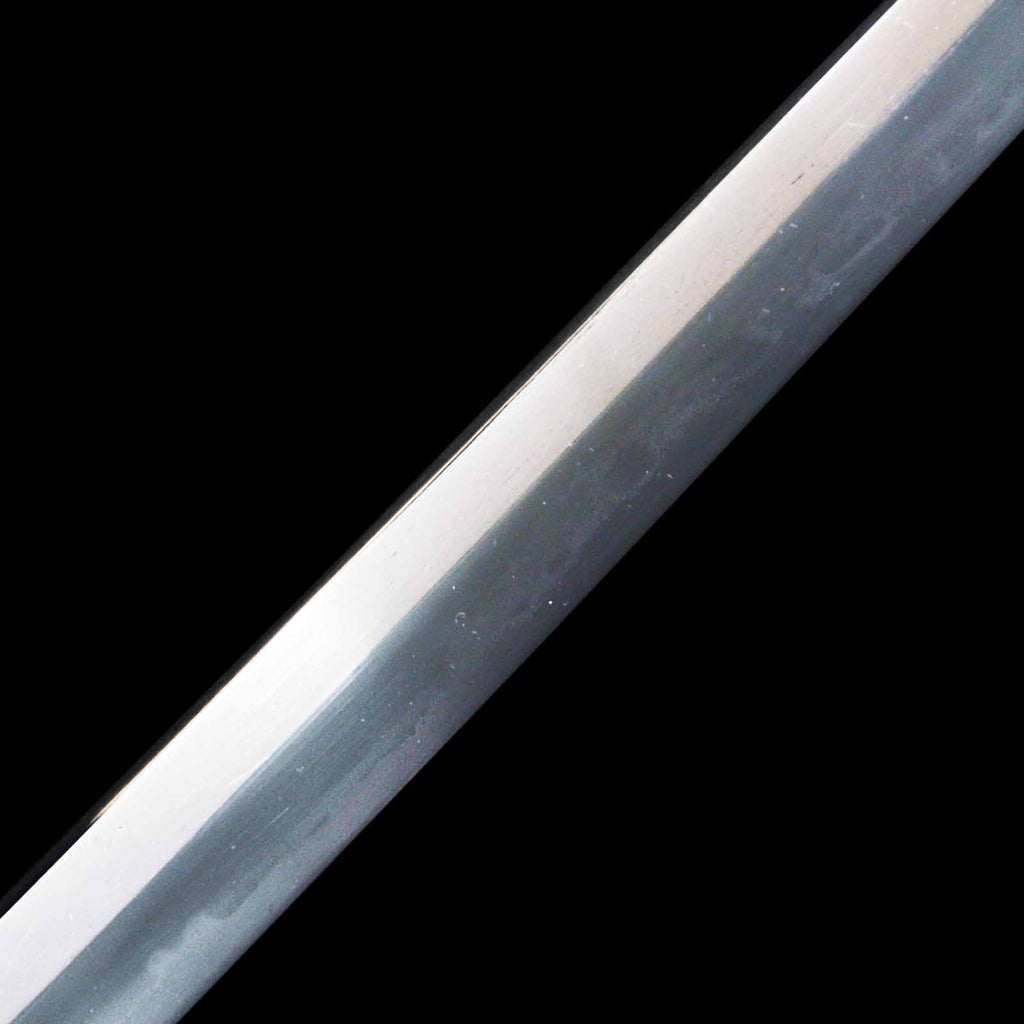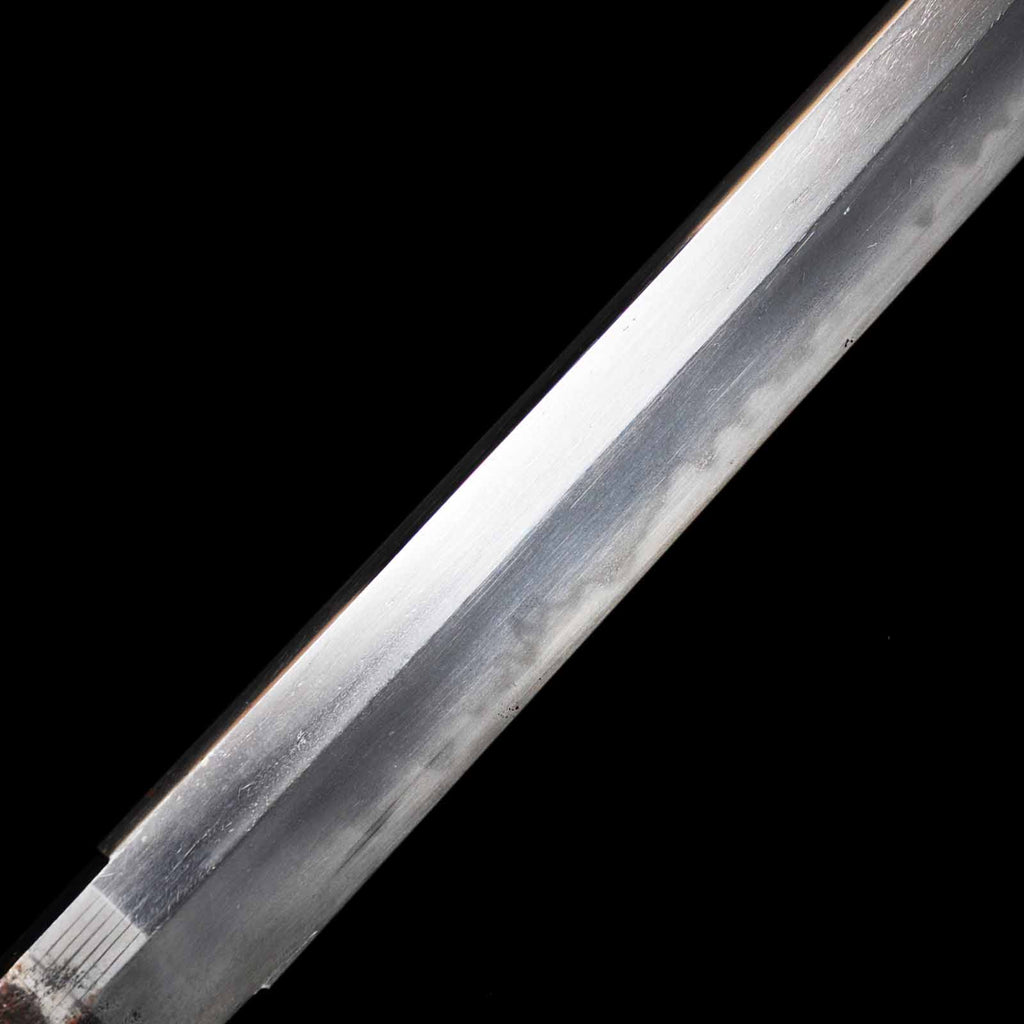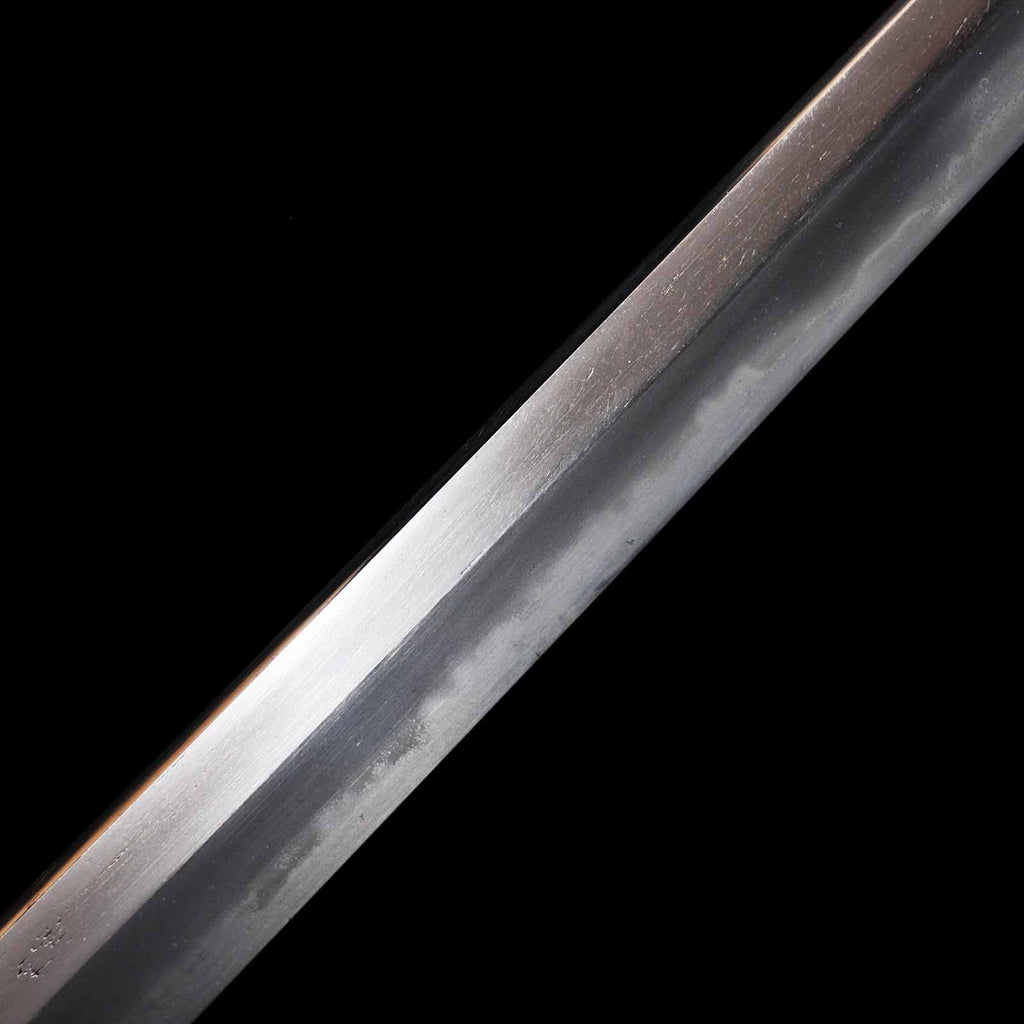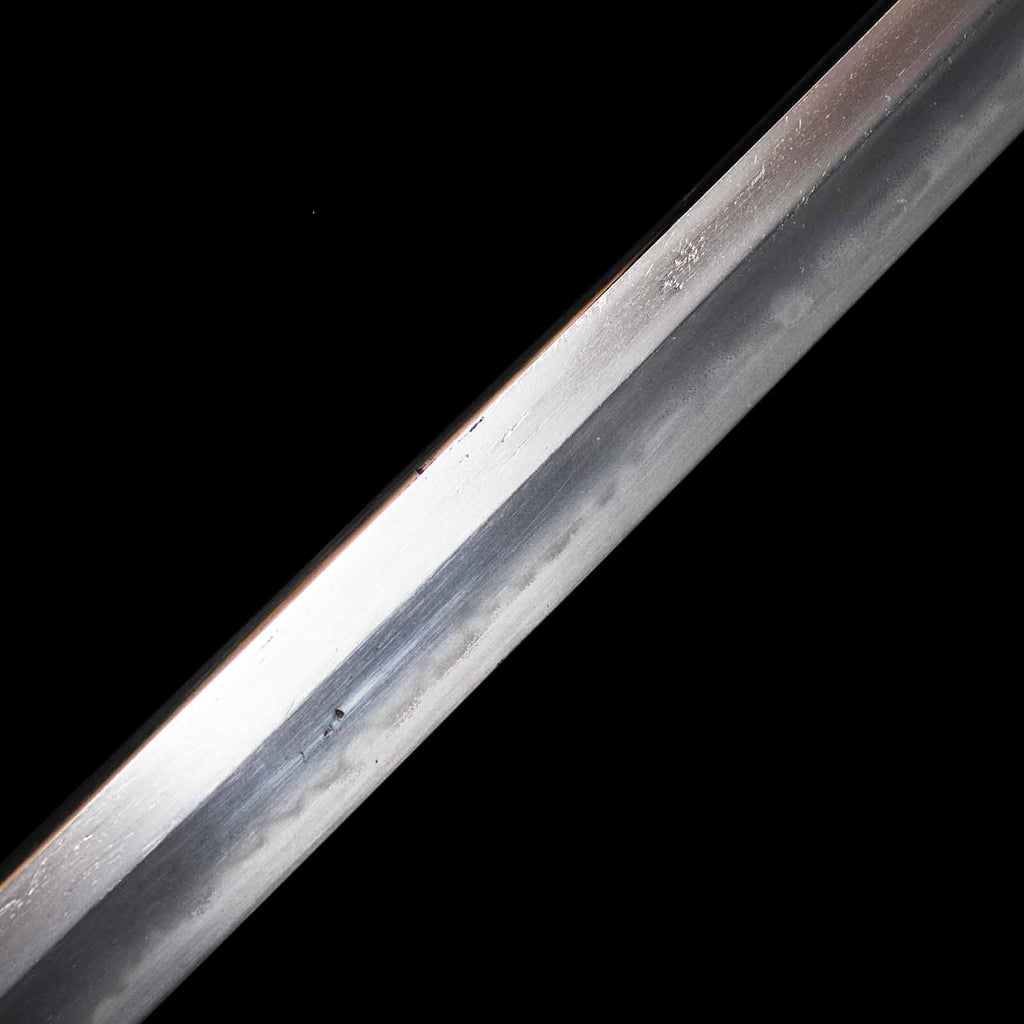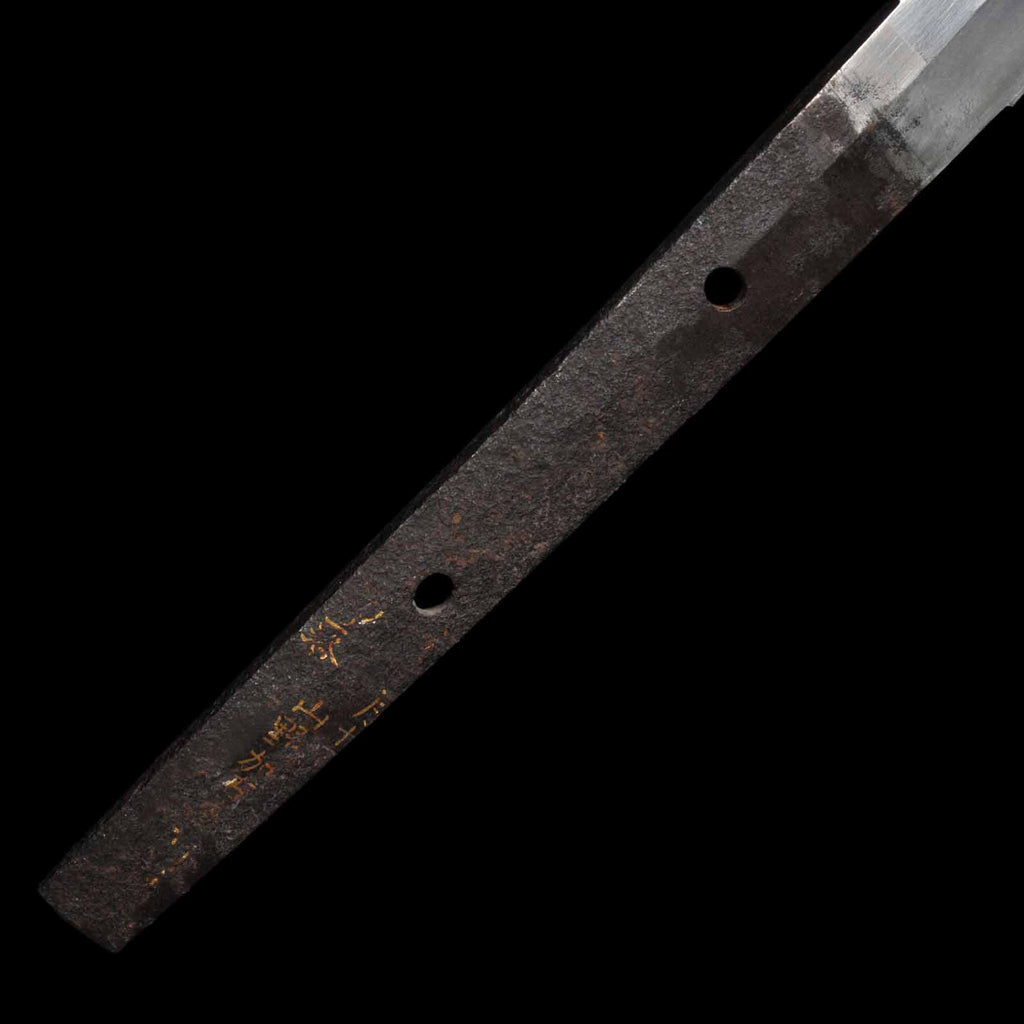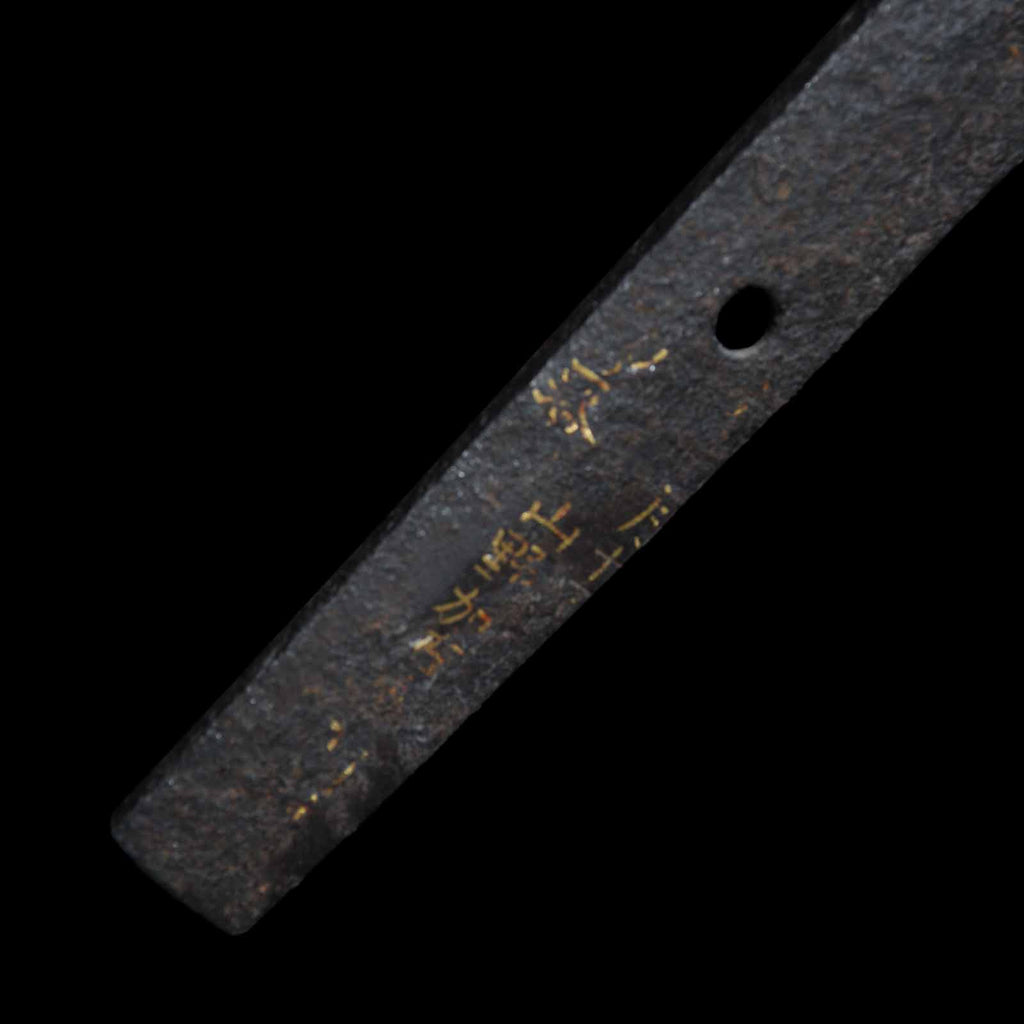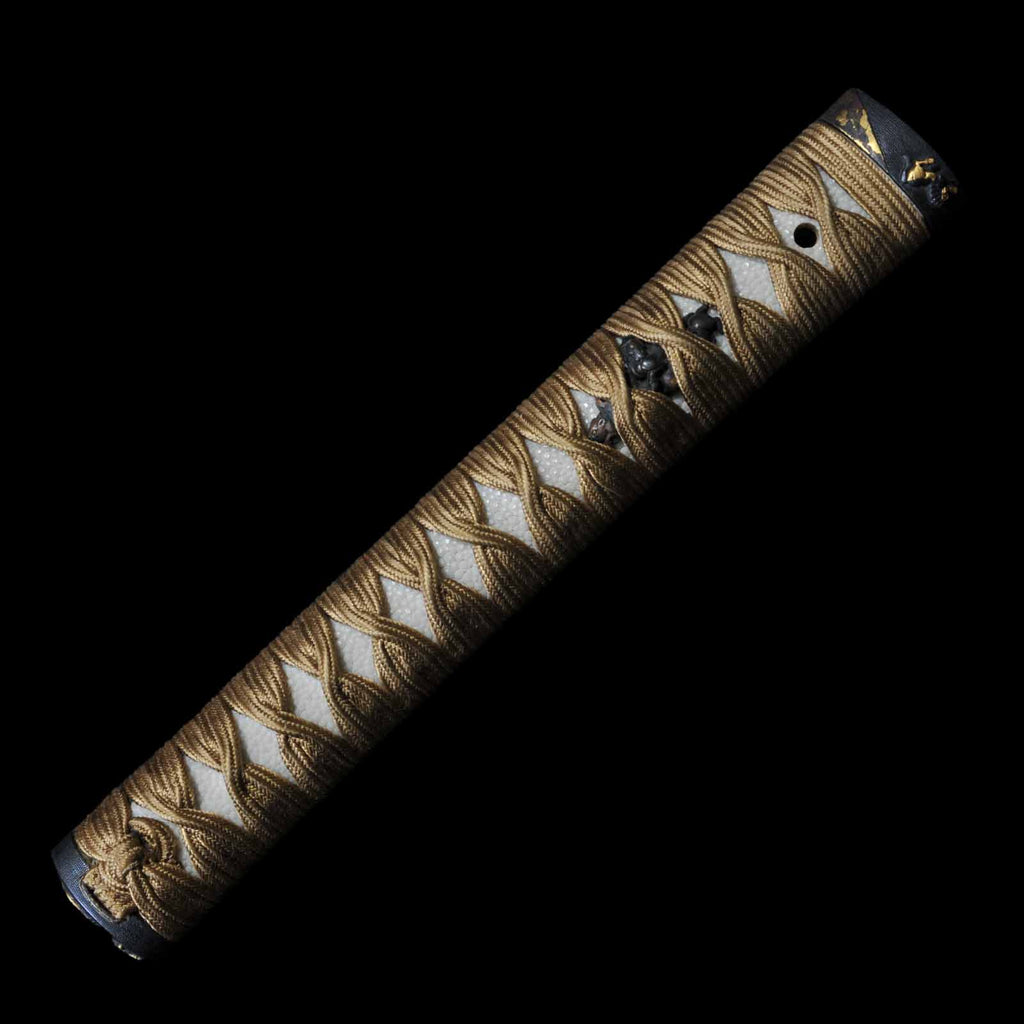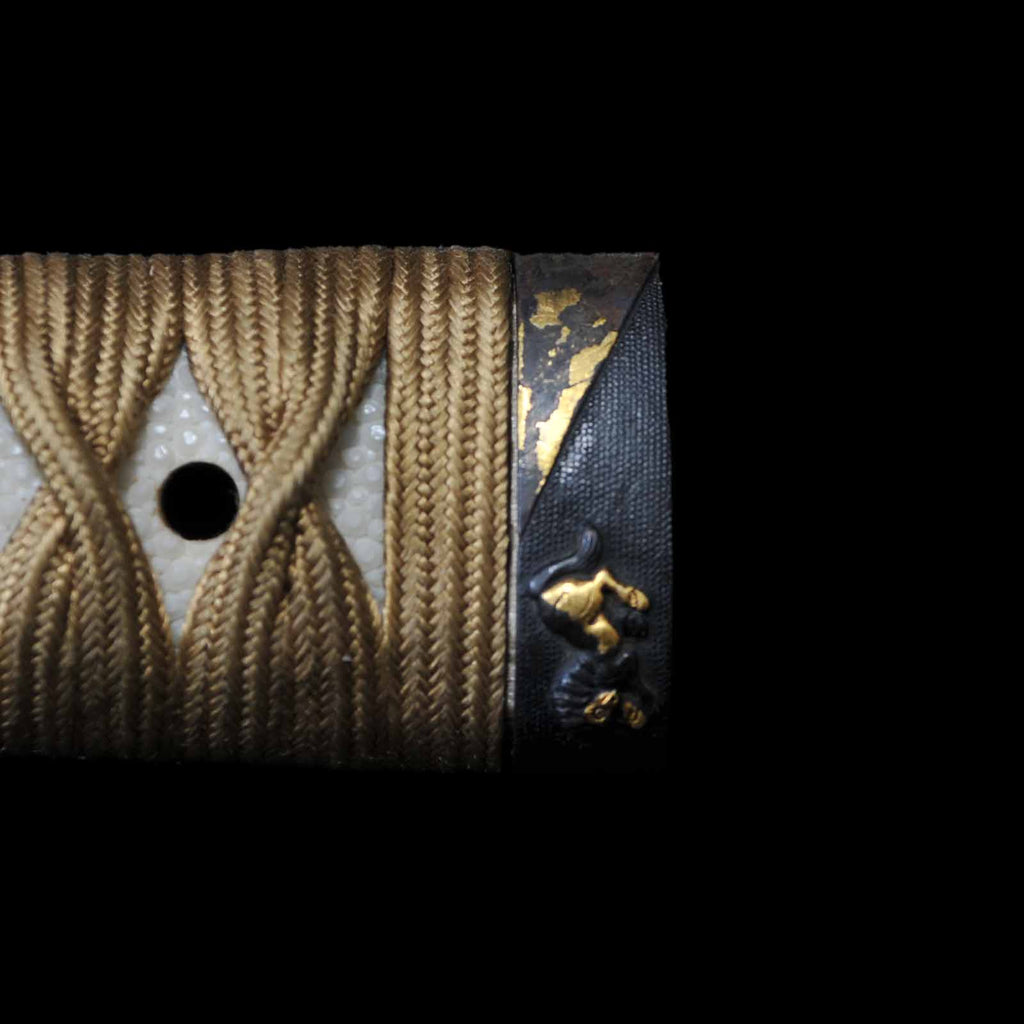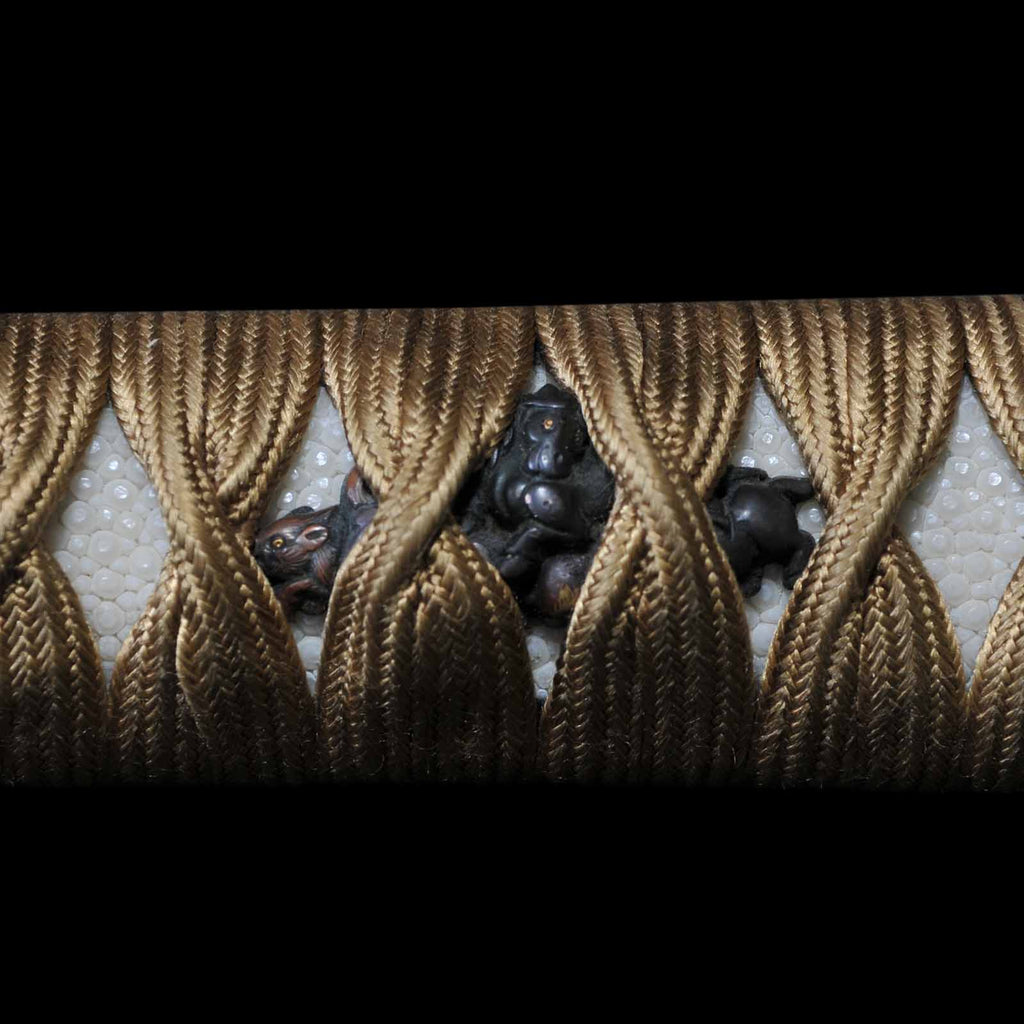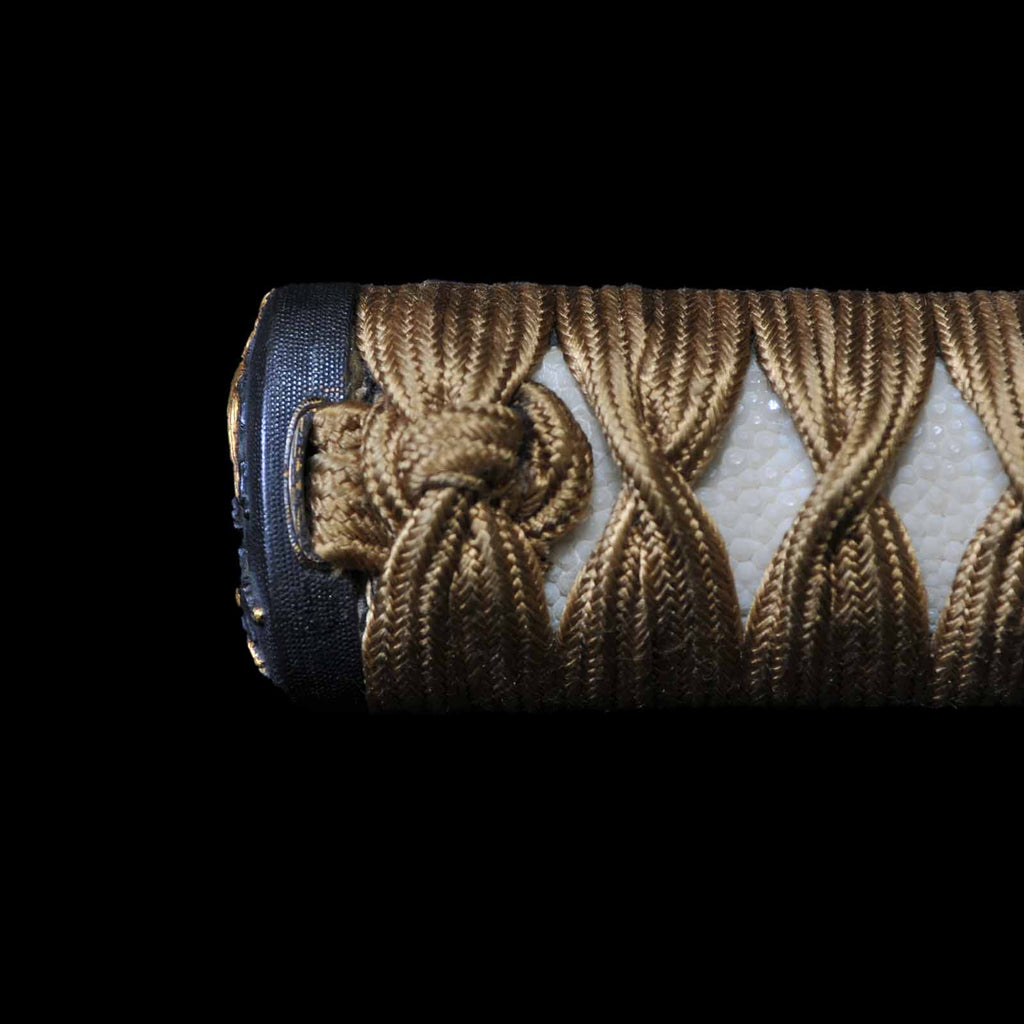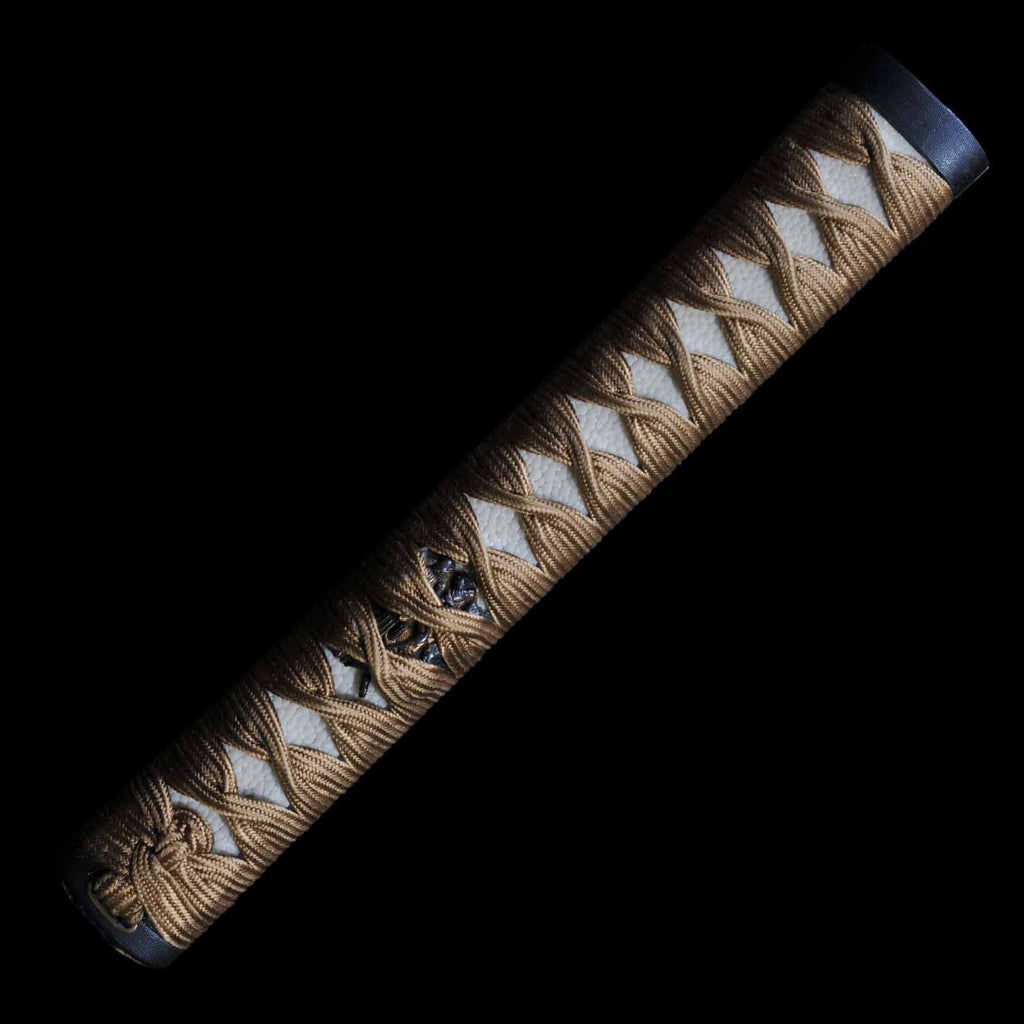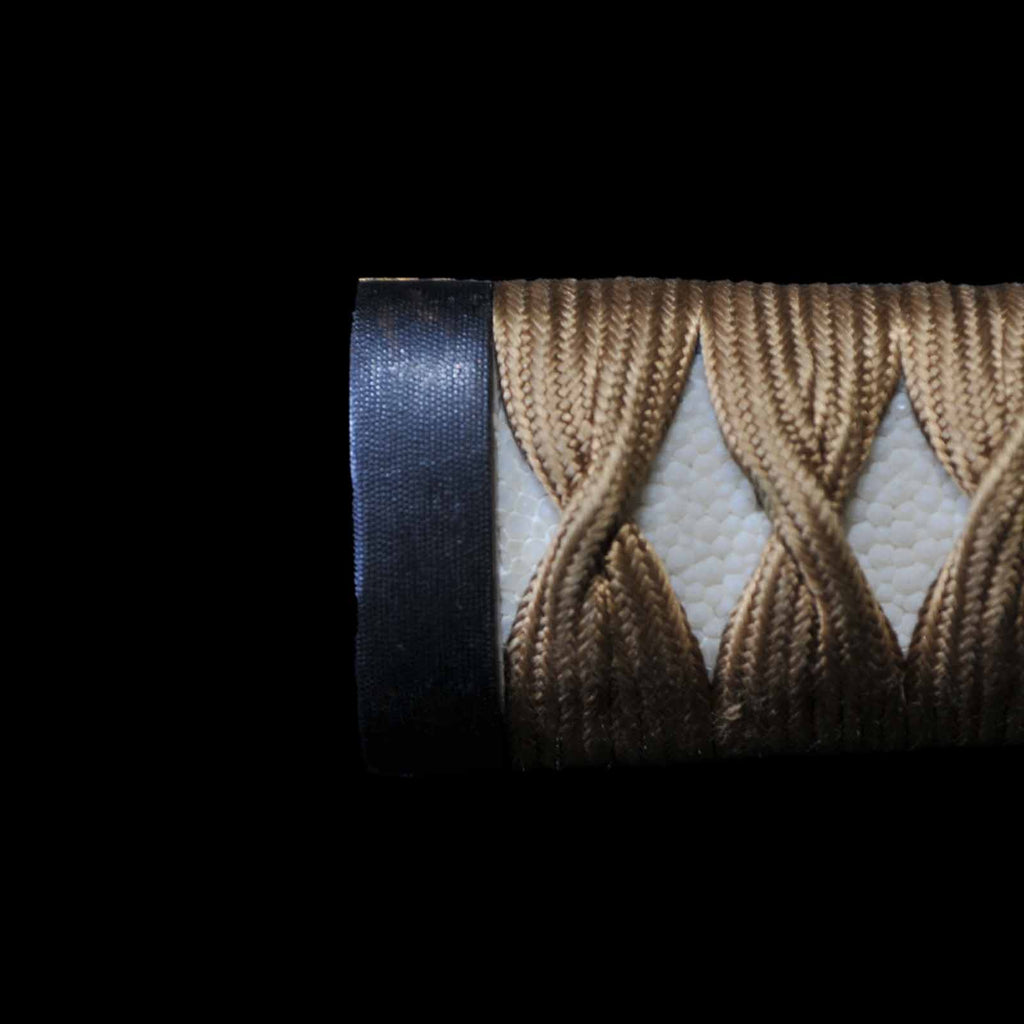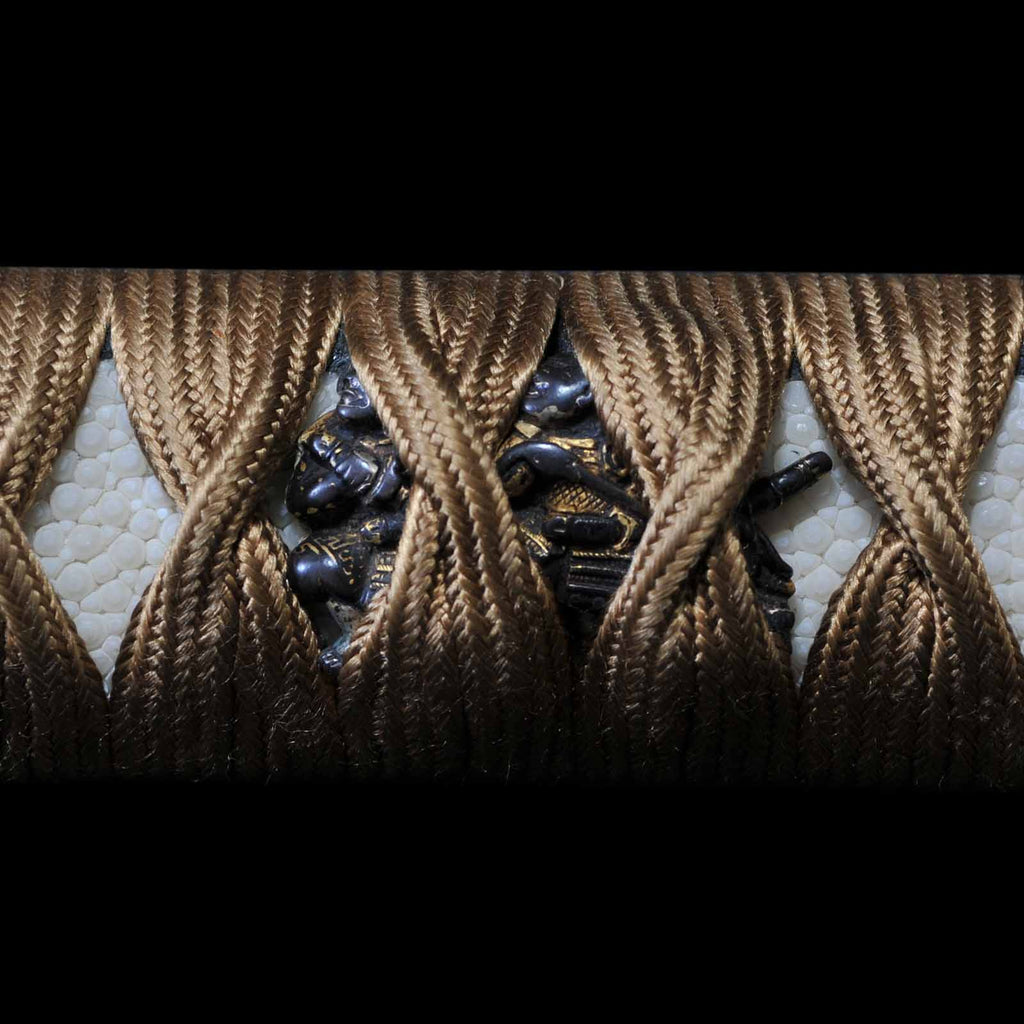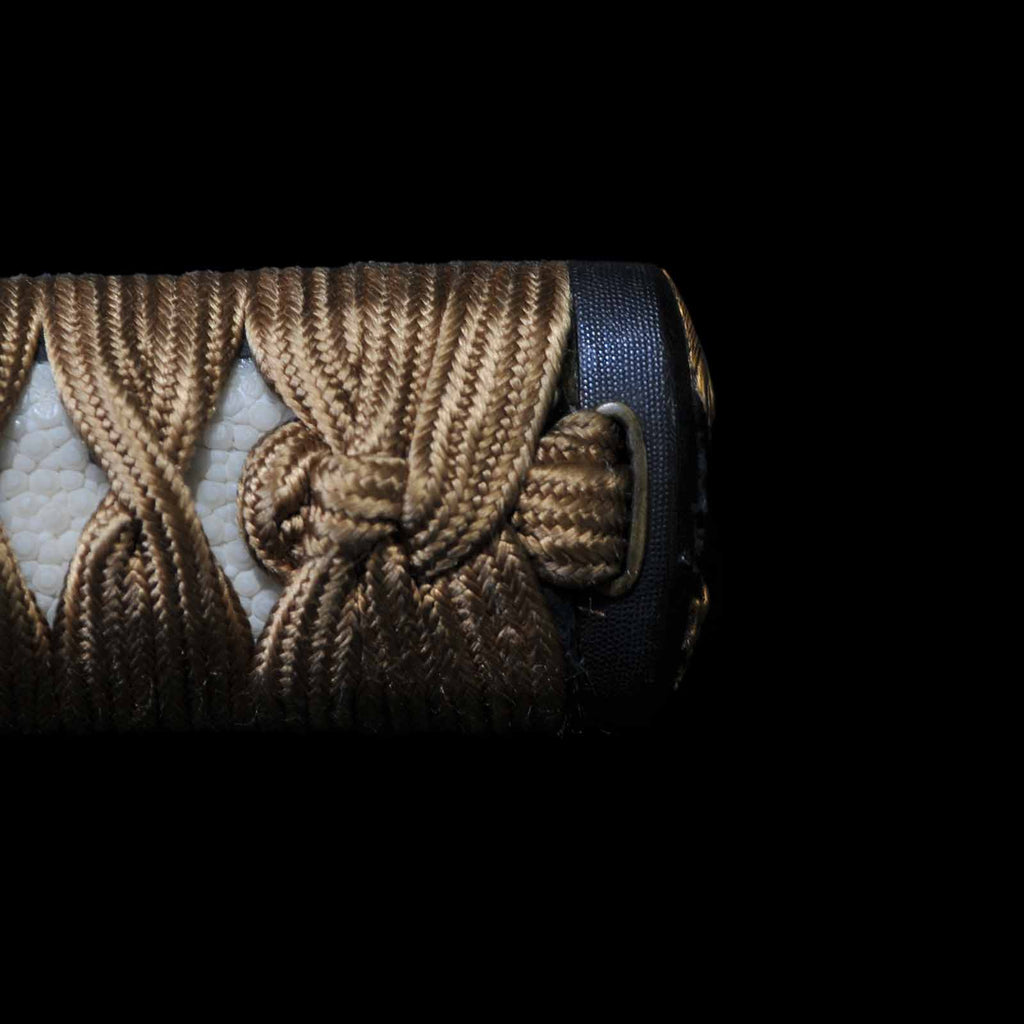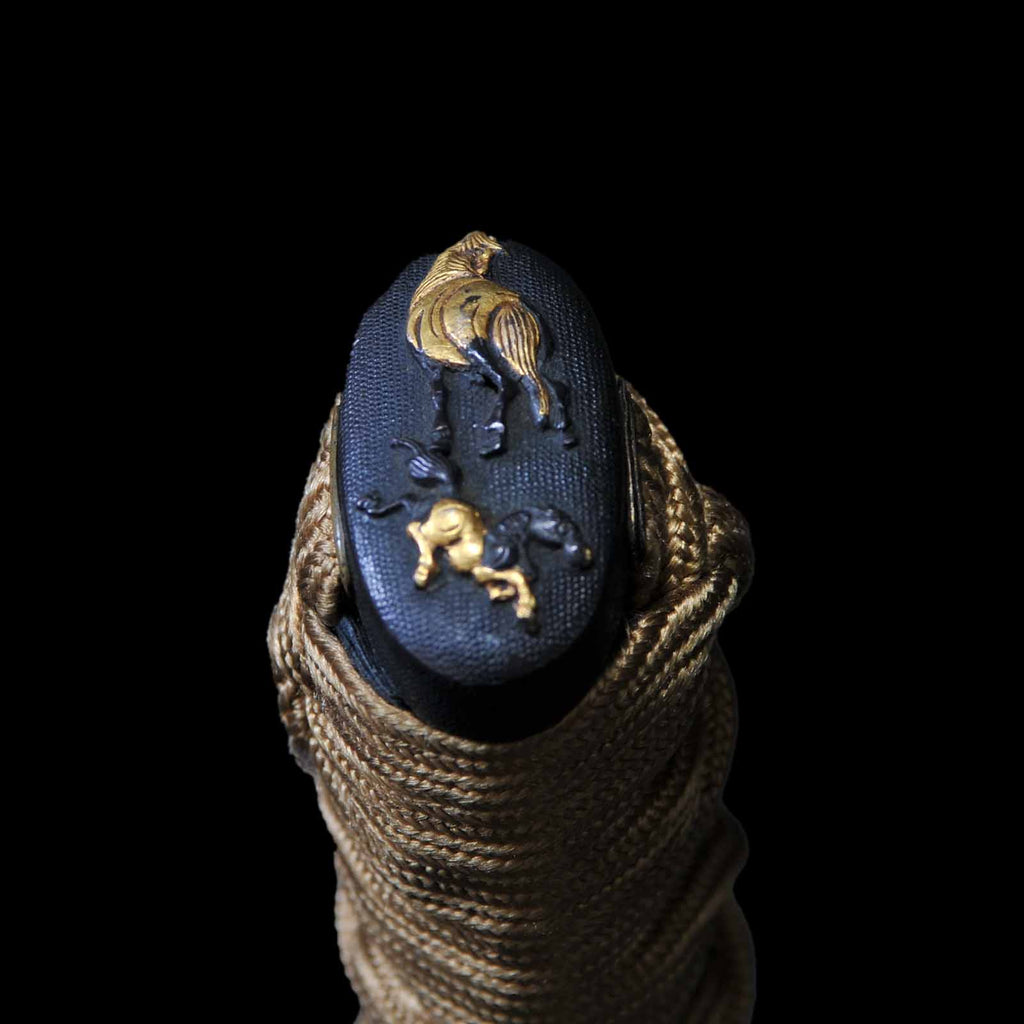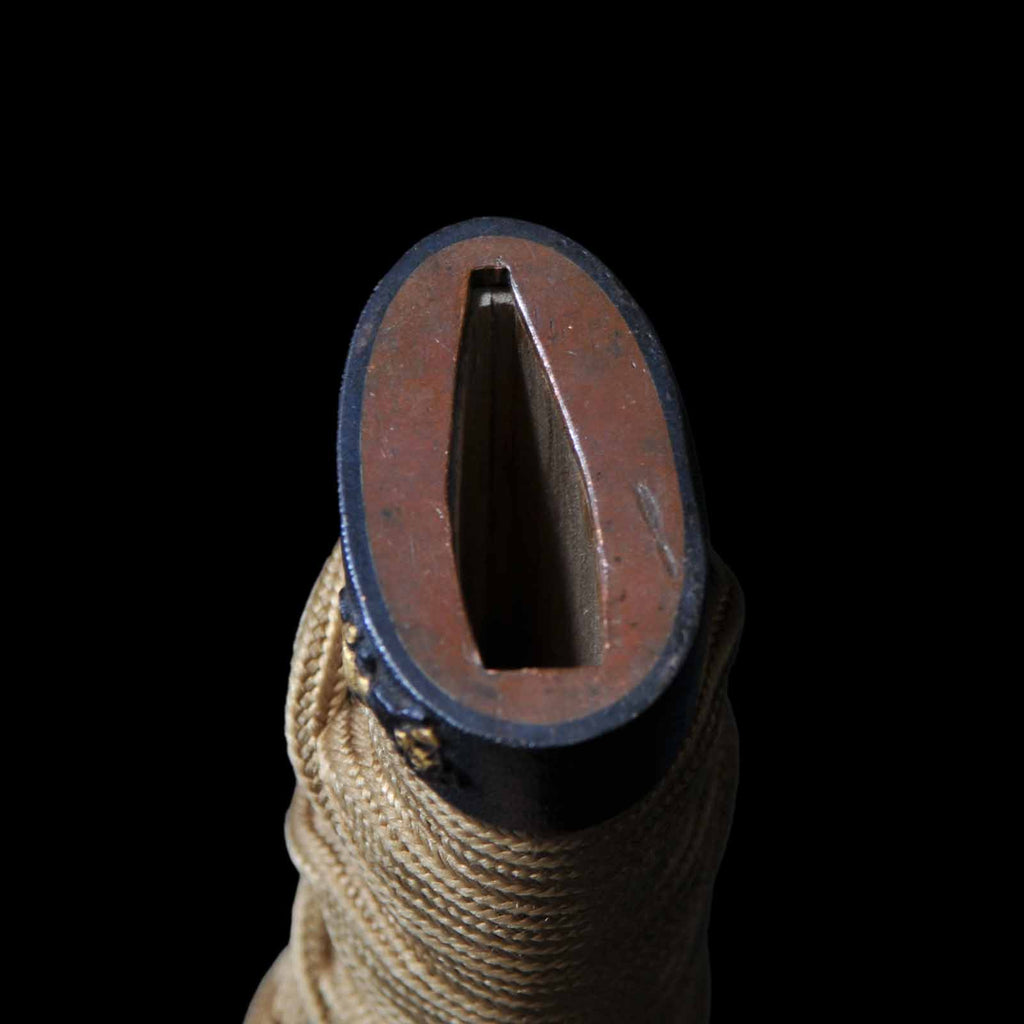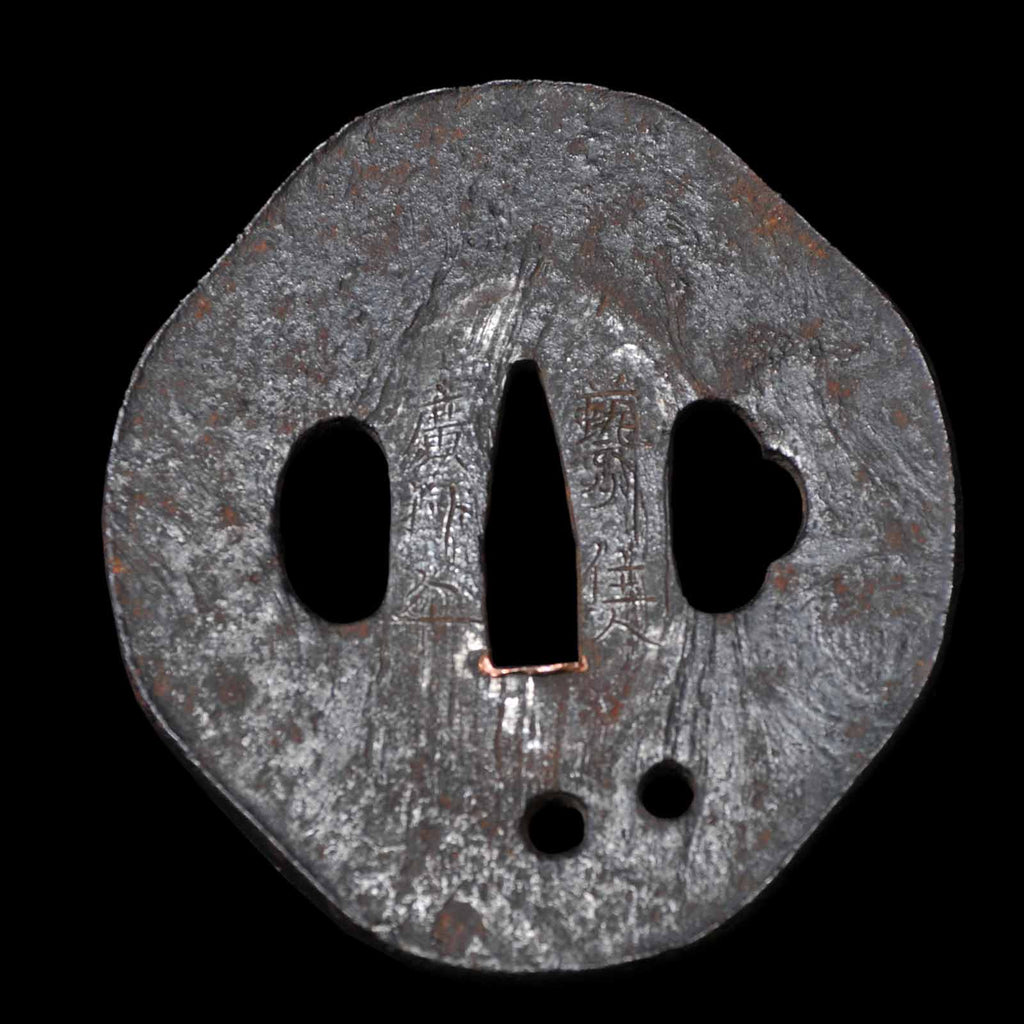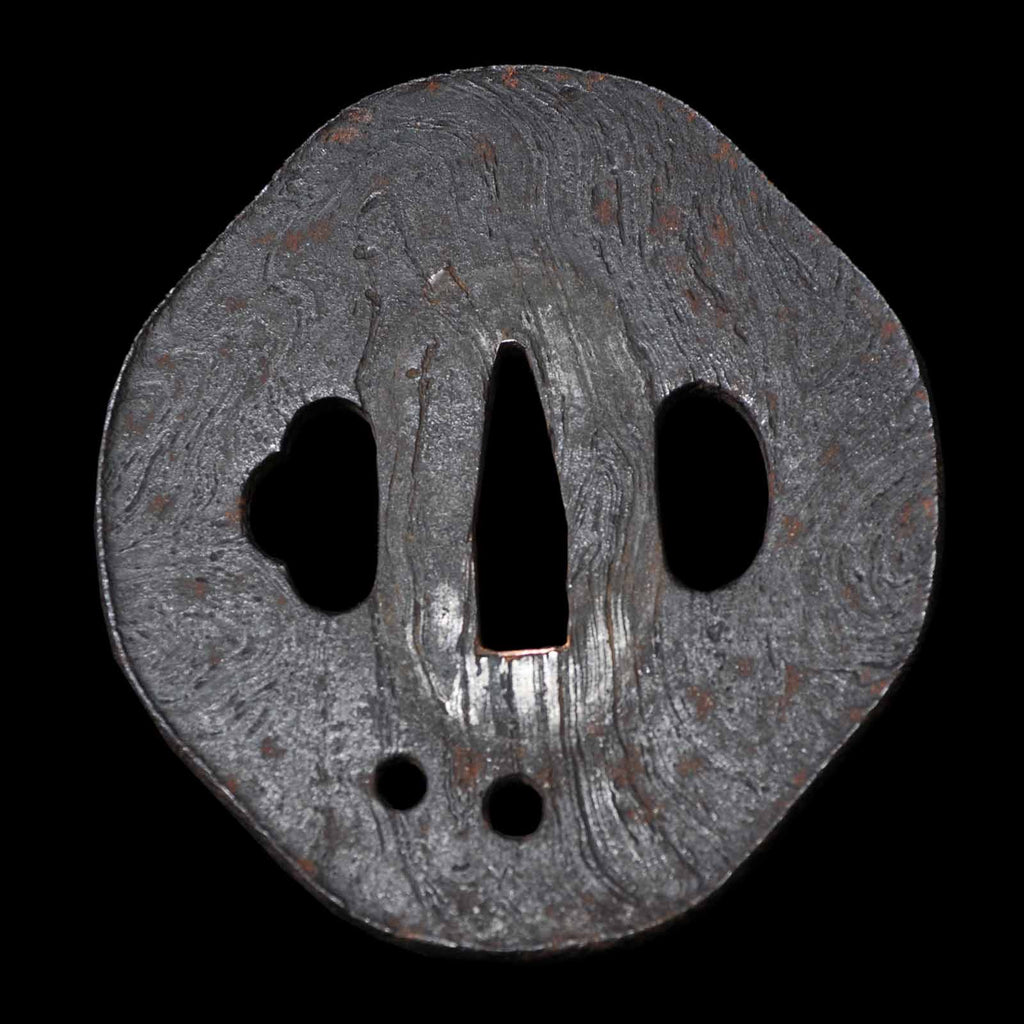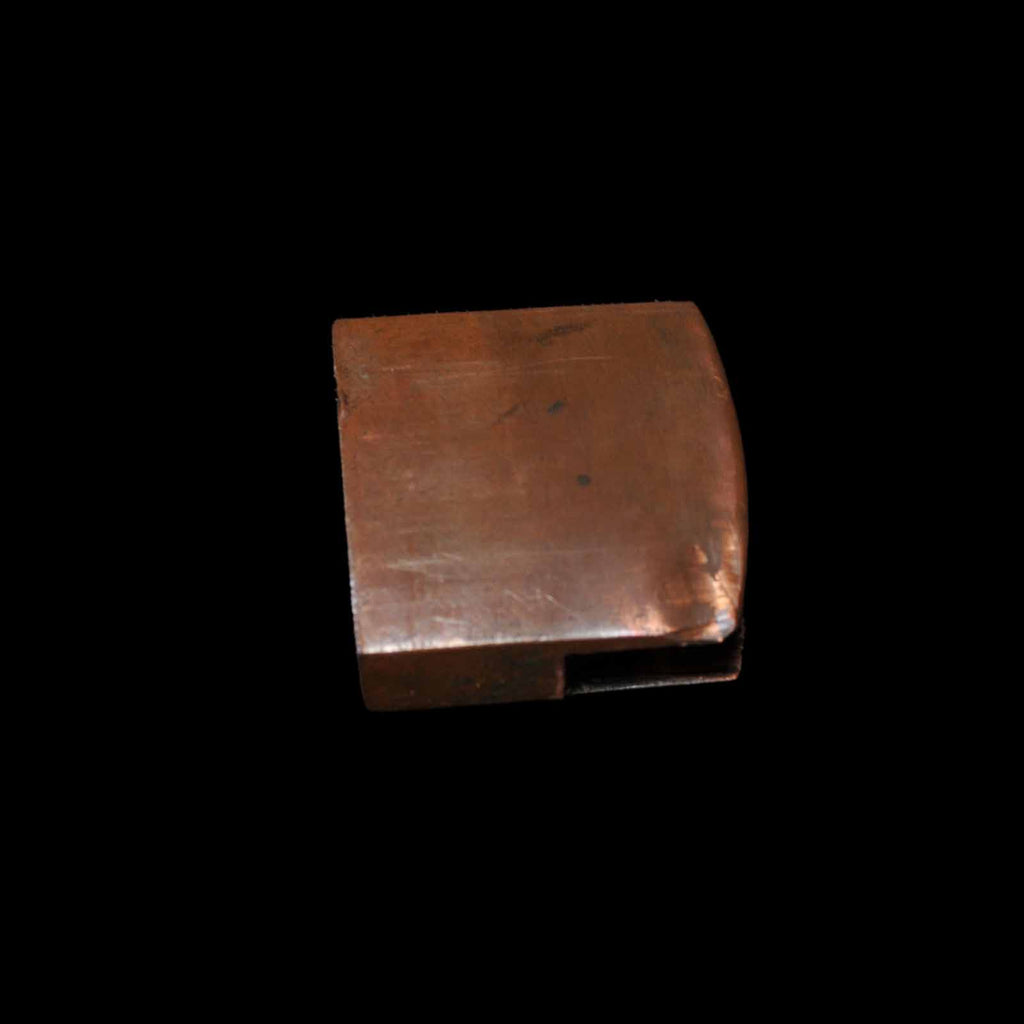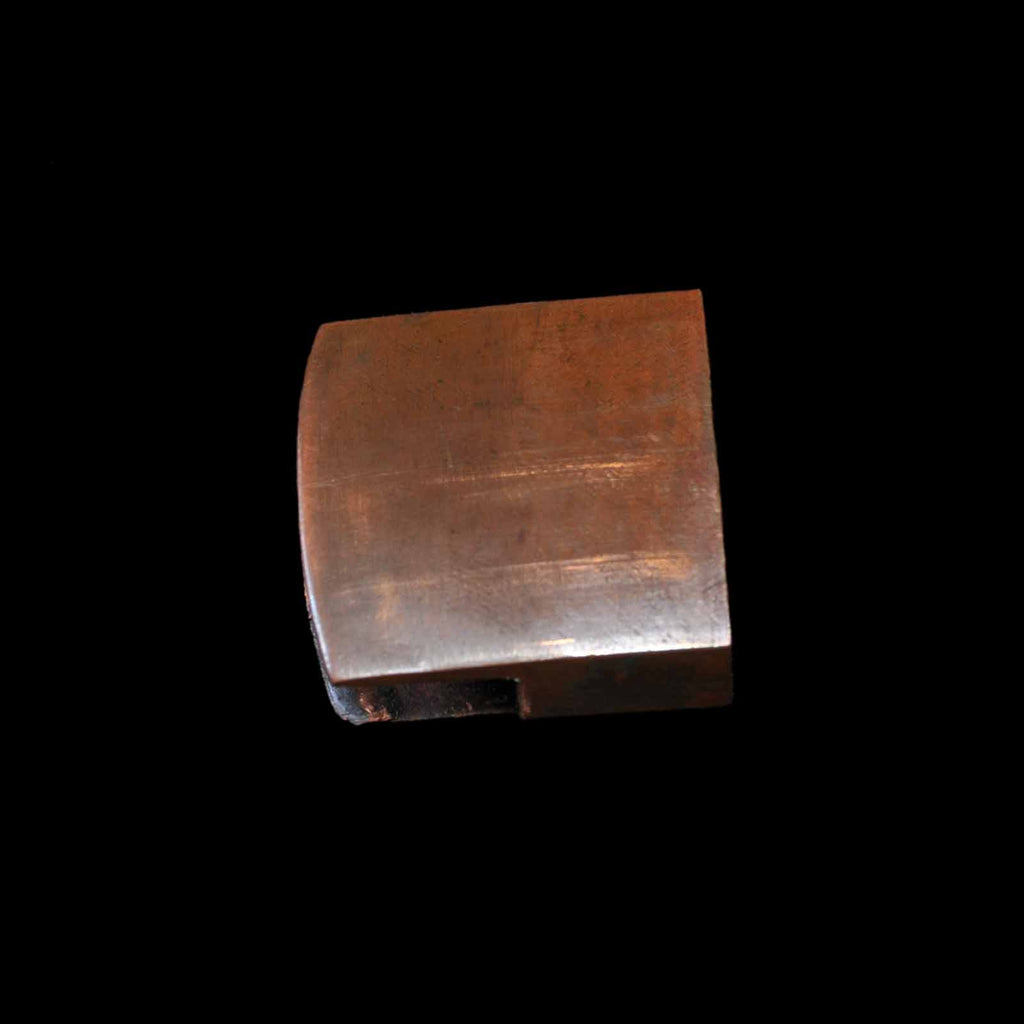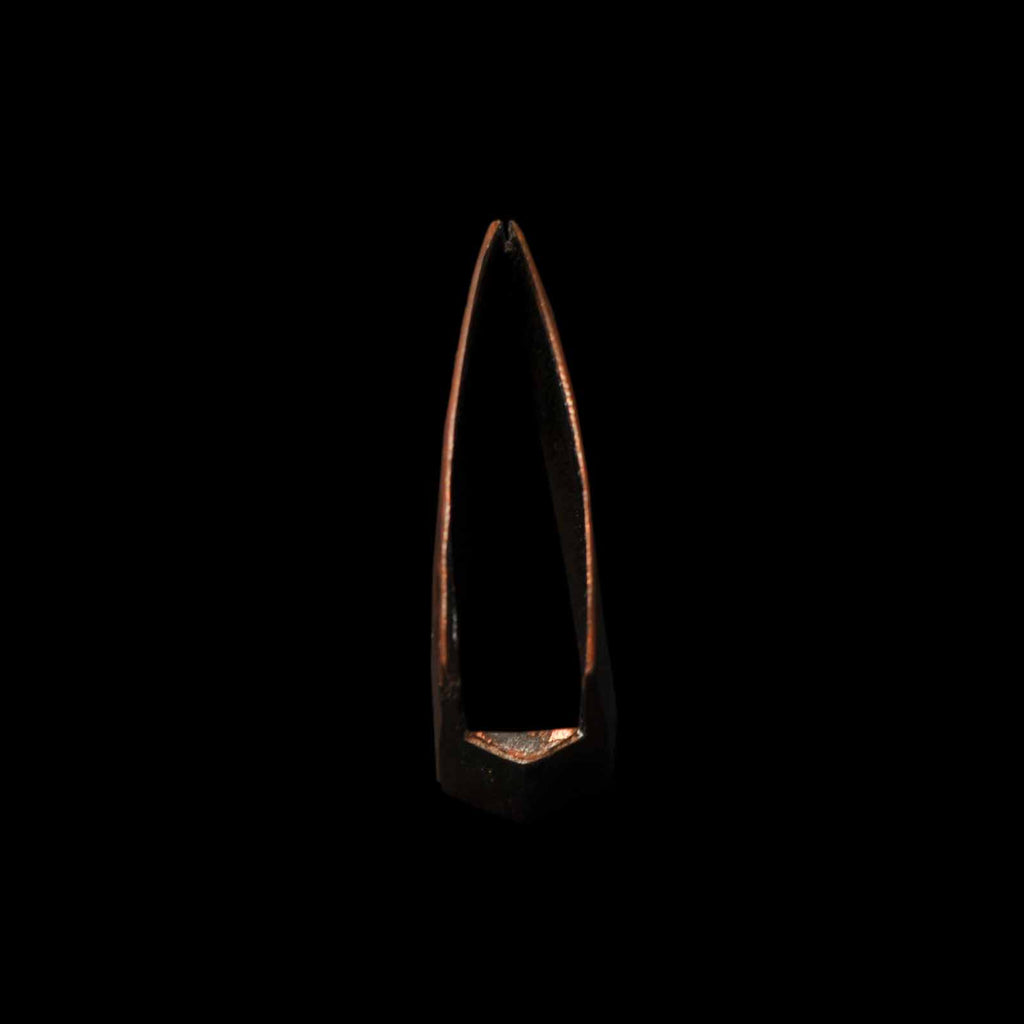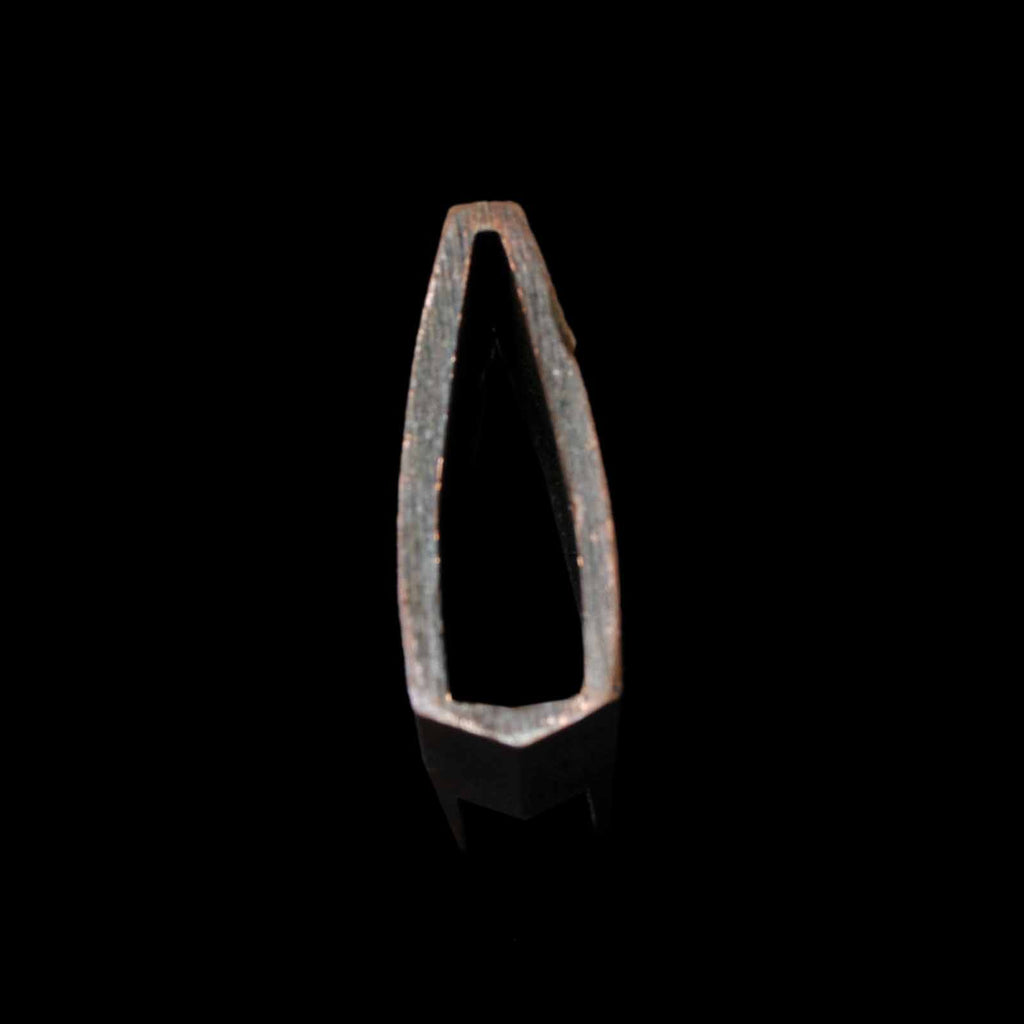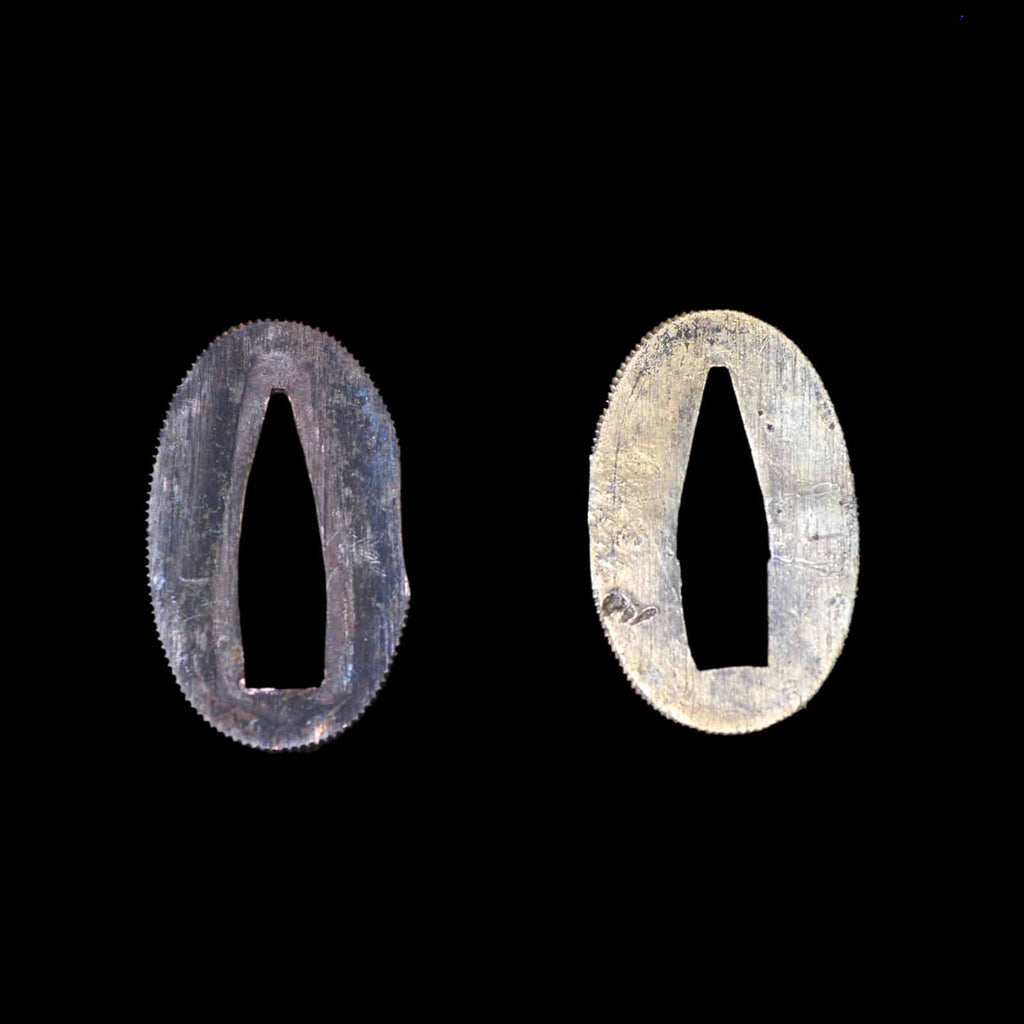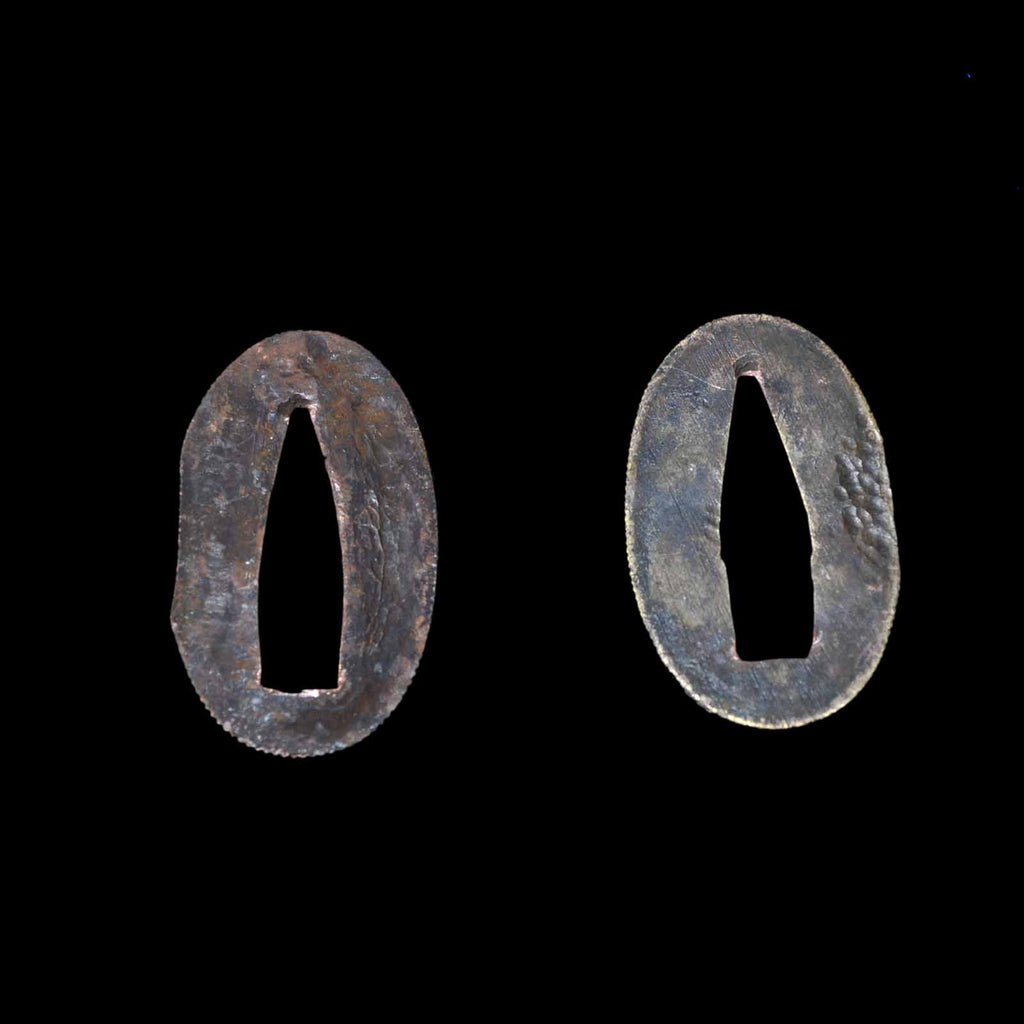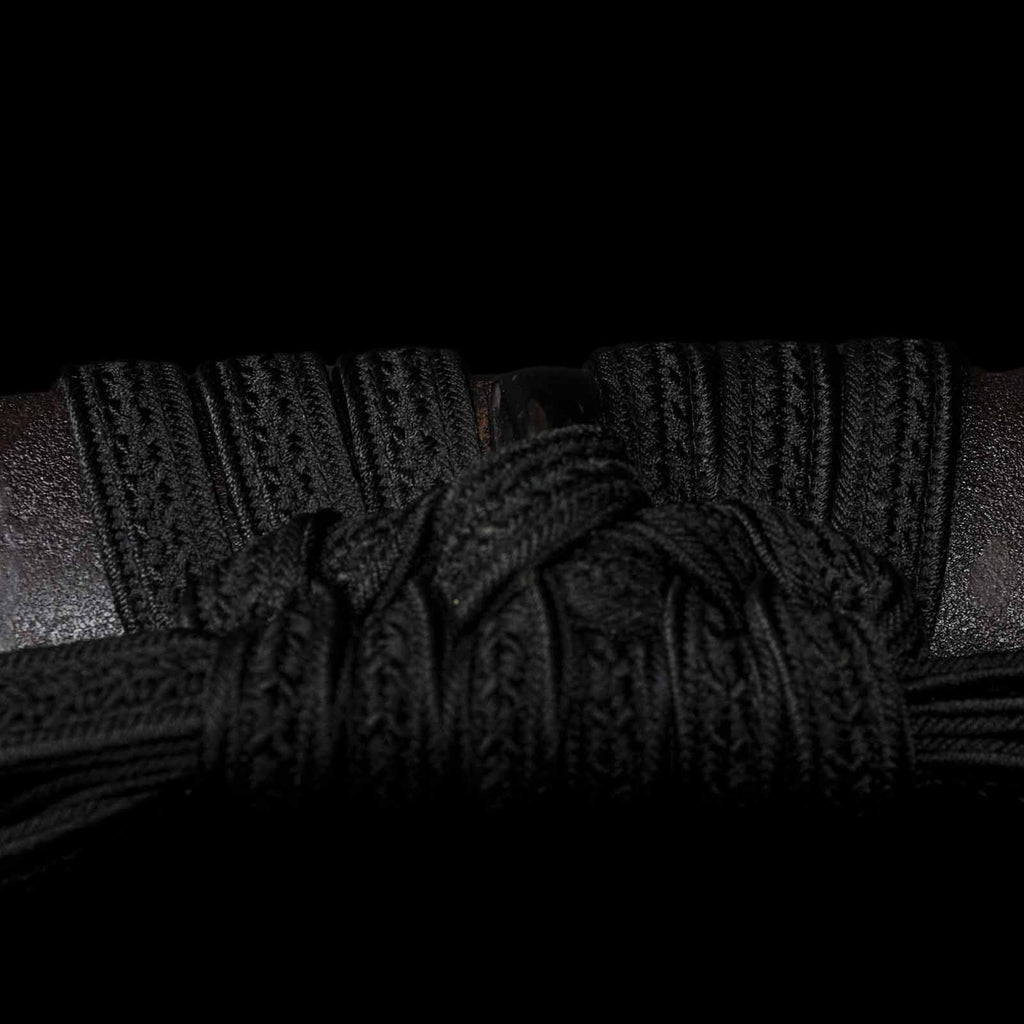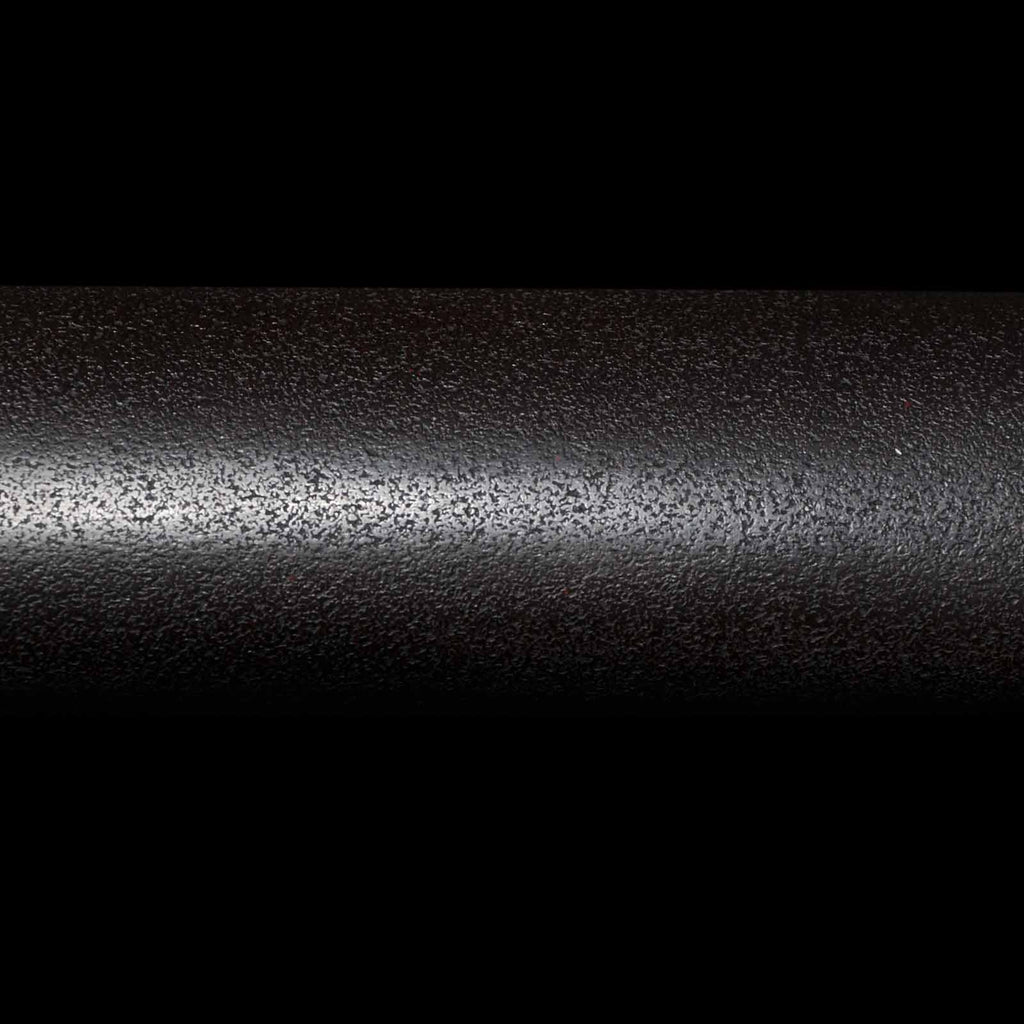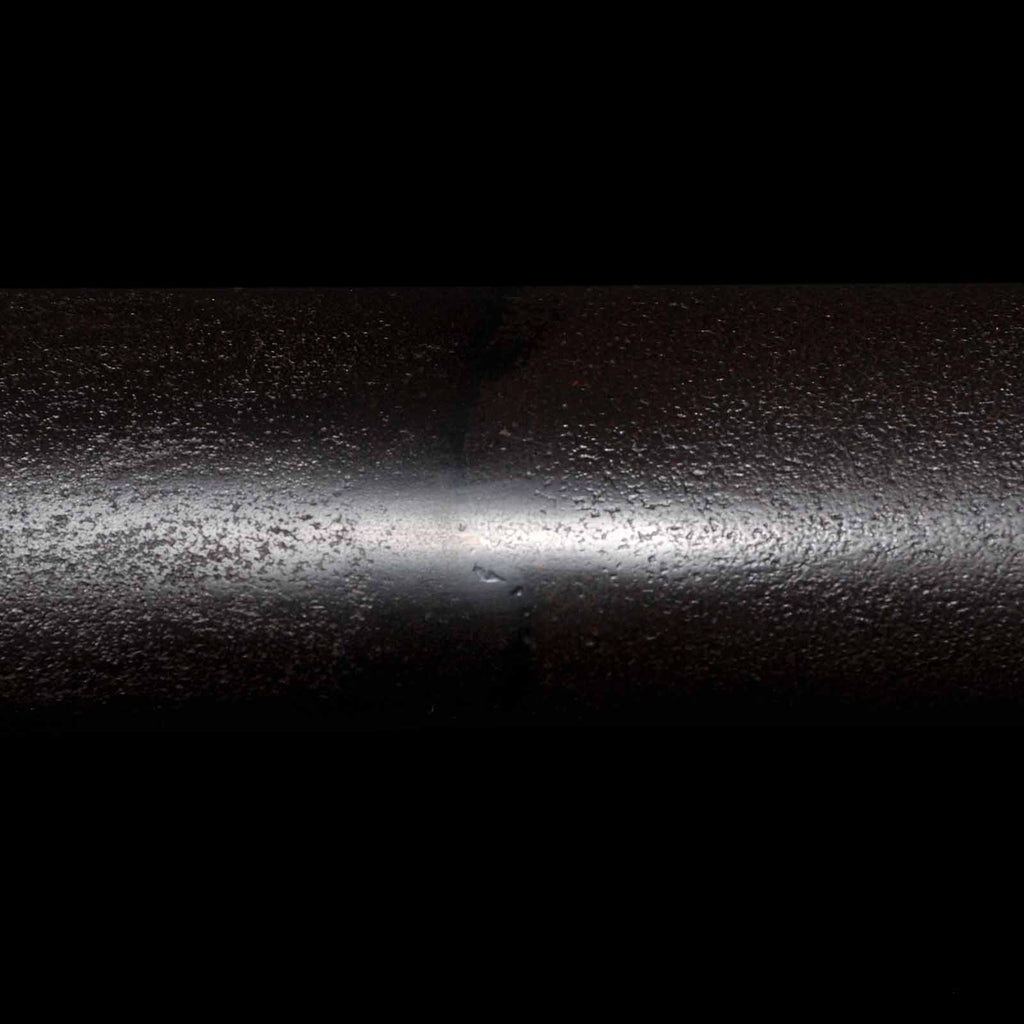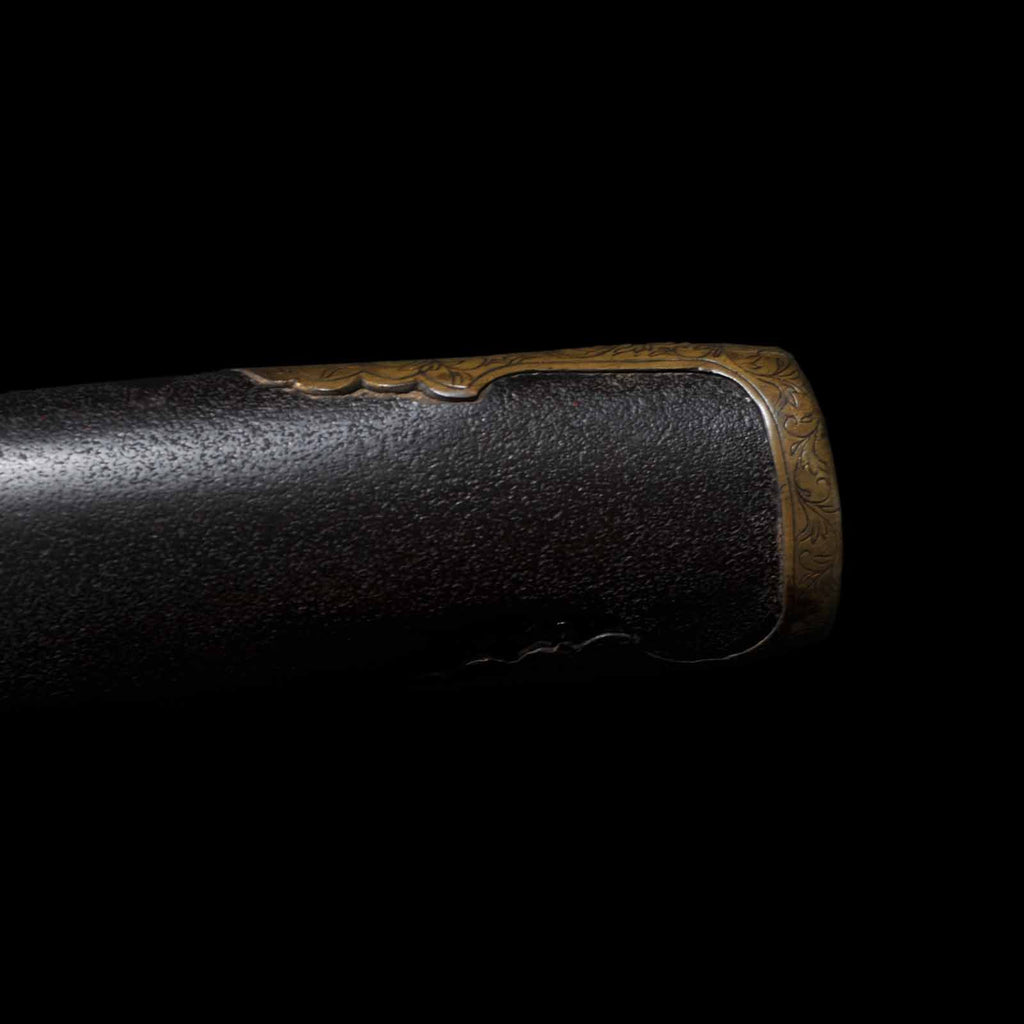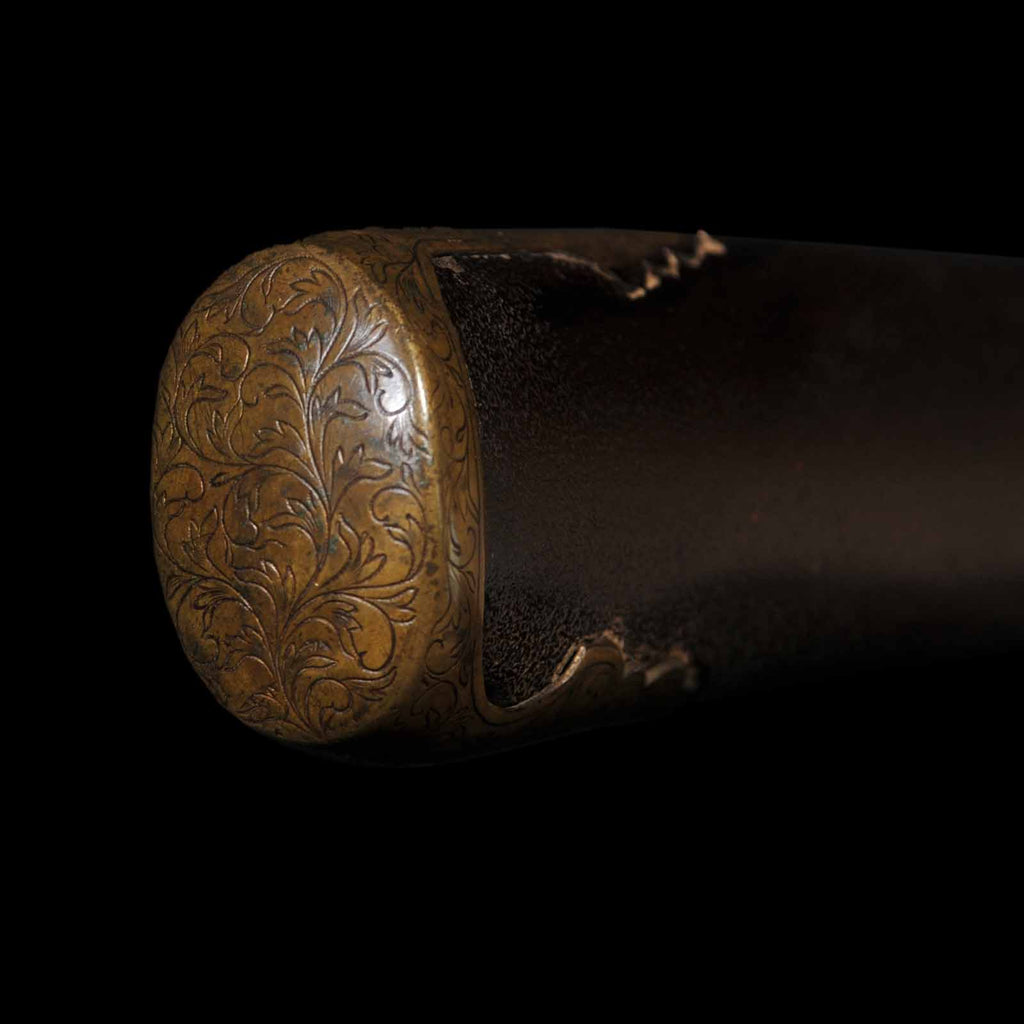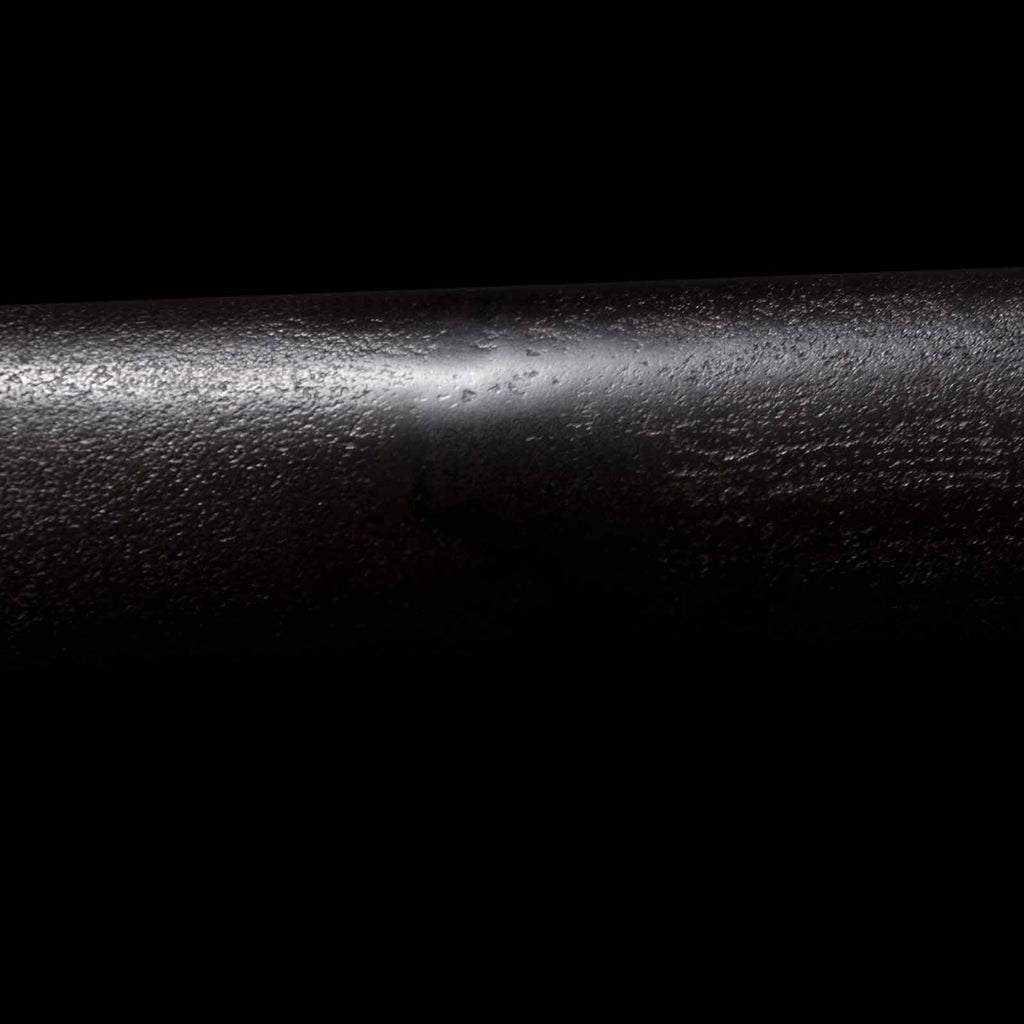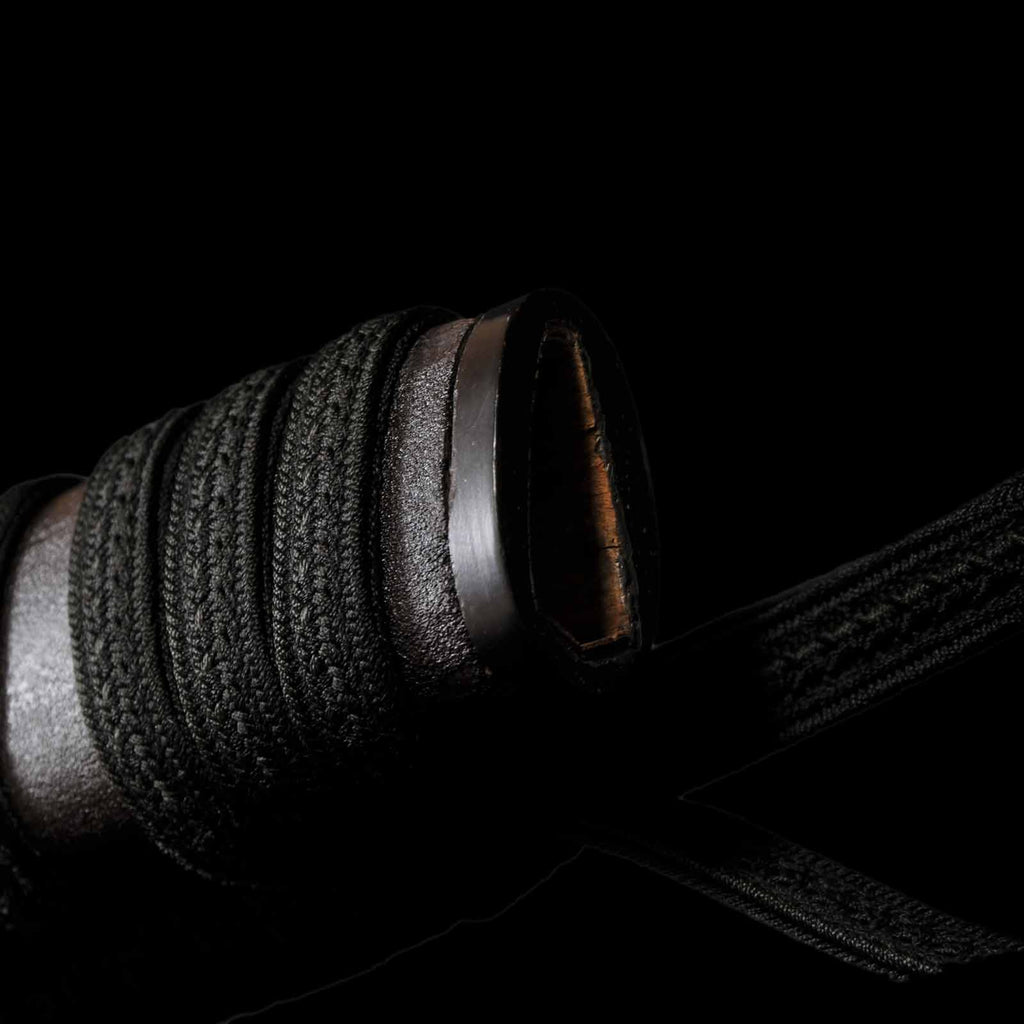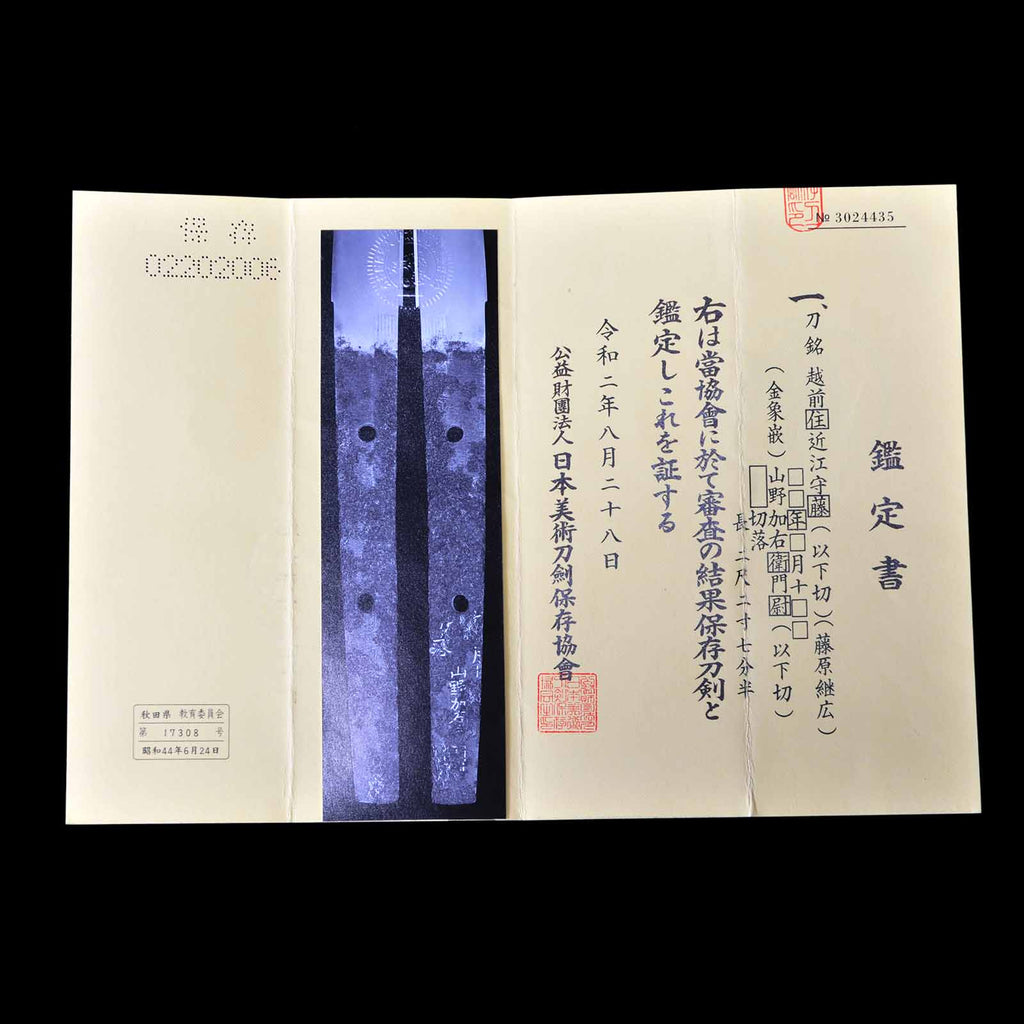Katana - Tsuguhiro - NBTHK Hozon Certificate - Saidanmei Yamano Kaemon - Uchigatana Koshirae - Suriage Nakago - Shinto Era - Akita 17308
This katana with a shallow curvature is the work of Tsuguhiro, and the reverse side of the nakago also bears the inscription of Yamano Kaemon, a well-known test cutter. The Society for Preservation of Japanese Art Swords has recognized the authenticity of this katana and issued a certificate of authenticity.
Tsuguhiro was a leading swordsmith in the Echizen region (present-day Fukui Prefecture) during the Shinto period and was a pupil of the third Yasutsugu. He was first in Echizen, then moved to Zeze in Omi (present-day Shiga Prefecture), and finally to Edo (present-day Tokyo). Echizen shinto katanas were used by samurai as very practical swords with excellent cutting ability, and were very popular during the Edo period when the Tokugawa family ruled. This katana bears evidence of having been measured for sharpness and strength by Yamano Kaemon Nagahisa, and his name is engraved on the Nakago. Yamano was the founder of the Yamano school of test swordsmanship, which was active from the Kan'ei to Kan'bun periods. Originally, the sword was inscribed with gold inlays, but some of the inlays have peeled off due to age. Also, the name of Tsuguhiro has been cut off in the middle of the blade due to the shortened length of the sword.
This sword blade is itame hada with jinie. The hamon is a gnome in konye style, with a high and low gnome. In addition, within the ha, you can also enjoy seeing hataraki such as chojiashi and sunagashi. And the boshi are returned to nakamaru in midare style. The condition of the sword is relatively good, but there are some flaws in places. There are a few small spots of rust about 10 cm from the munemachi on the sashiomote side. There are also some small dots of rust about 18 cm from the cutting edge. There is a small dent about 18 cm from the hamachi on the sashiura side. And there is a forging flaw at a point about 20 cm away.
The koshirae is made of metal fittings of the period, but only the menuki on the sashiomote seems to have been replaced with another one in later periods. The scabbard is dark brown Kanshitsu-nuri with a kuwagata-shaped o-jiri attached to the butt of the scabbard. The middle of the scabbard does not have Kanshitsu-nuri, so perhaps the scabbard was originally equipped with metal fittings at this point.
Feel the spirit of the samurai with this katana.
- Blade length: 69.0 cm
- Curvature: 0.4 cm
- Number of Mekugi hole: 2
- Sakihaba: 18.7 mm
- Sakikasane: 3.4 mm
- Motohaba: 28.5 mm
- Motokasane: 5.7 mm
- Signature: Echizen ju Omi no Kami XX(front), XX Yamano KaXX Ika Kiri
- Era: Shinto
- Structure: Shinogi-zukuri, Iori-mune
- Jigane: Itame
- Hamon: Gunome
- Boshi: Nakamaru ni Kaeru
- Weight(without Saya): 920 g
- Nakago: Suriage
- Koshirae: Golden Yellow Silk wrapped Tsuka with dark brown Kanshitsu-lacquered Saya
- Original Registration No.: Akita 17308
Please contact us if the katana you are looking for is not listed here.
